Nitro nostalgia thrills at Famoso’s March Meet
The “Bakersfield Sound” was born in the 1950s, and perfected in the 1960s, by a cast of musicians and entertainers hailing from the desolate oil fields of Bakersfield, California. This new country music palette became a global phenomenon, no doubt enhanced by Hall-of-Famers Buck Owens and Merle Haggard—who gained international prominence for no-nonsense lyrics sung over twangy guitars, punchy drums, saccharine fiddles. Mention Bakersfield to any Nashville fanatic and they likely bring up ol’ Buck and Merle.
Blake Bowser thinks a third member should be added to Bakersfield list of local celebs. “Bakersfield is Buck Owens, Merle Haggard and the March Meet,” he says. Bowser serves as the vice president—and general manager—of the Kern County Racing Association. The group operates Famoso Dragstrip in Bakersfield and annually welcomes throngs of vintage racing fanatics for their March Meet drag racing festival.

I attended my first March Meet in the mid-1970s. I had just graduated from the Art Center College of Design and was freelancing for Hot Rod, Car Craft, and Popular Hot Rodding. Through the Grape Vine, I annually trekked up to the drag strip in Bako.
Famoso was birthed by a local car club called the “Smokers,” in 1959. It was later sanctioned by the U.S. Fuel Championships, who was nicknamed the annual vintage gathering, the “March Meet.” Driving behind a blown, nitro-chugging, fuel-injected, supercharged 392 Hemi, the late Art Chrisman was the first to top 180 miles-per-hour, in his Hustler I dragster. He would go on to win the first March Meet.
Famoso raceway was built in a great location, in the heart of the Sierra Nevada Mountain range, amid dense agricultural crops and very few people. If you take a back road to the track in March, you drive through miles of peach trees in full bloom. In the San Joaquin Valley, peaches fall to the ground like snowflakes. The tumbling fruit serves as Mother Nature’s call for drag racers to gather a Famoso.
In the early days of drag racing, youngsters street-raced in Bakersfield. Fresh from having served their country in World War II, these men and women had only hot rods on their minds. While the locals considered them to be outlaws, they would go on to be the pioneers of drag racing.
The inaugural U.S. Gas and Fuel Championship in 1959, was a momentous event as east faced west, in a showdown that featured young Florida-native Don Garlits. Garlits was enticed to travel west with a hefty sum of dough. He would race against the top dogs from the West Coast. Eventually, Garlits lost in his Swamp Rat I against Art Chrisman in Hustler I. The simple fact that Garlits showed up put the track—and March Meet—on the map. Over the years, the annual event became a racer’s race for drivers and a dream event for spectators.

Many drag racing firsts occurred first at Famoso. In 1962, Chris “the Greek” Karamestines became the first driver to break eight seconds at Famoso with a 7.99 second pass. Tony “the Loner” Nancy raced to his first major victory in the event’s 12th year. Garlits drove his innovative rear-engined dragster to victory over the front-engined of Rick Ramsey. The popular Bakersfield team of Warren and Coburn finally won their first March Meet in 1975. In 1982, Shirley Muldowney and Lucille Lee battled in an all-women Top Fuel finale, for the first time. (Lee ran a 5.59 second pass, thus beating Muldowney.)
In 1994, the March Meet became a nostalgia race, featuring cars produced before 1972. Nowadays, it’s referred to as “the jewel of nostalgia racing.” With decent purses (at least enough to buy dinner) up for grabs, old school racers flock to revisit Famoso for the glory days racing sticky, shiny black asphalt. Two-speed planetary funny car transmissions, the direct drive top fuelers, and the behemoth altered dragsters feature modern day technology for safety, despite their nostalgic appearance.
This year, I found a few well-seasoned racers that actually pounded the pavement back in the day. They were enjoying the colorful vintage car show filled with pre-1975 street rods, muscle cars, and classics. They lined a portion of the property called, “Famoso Grove.” Adjacent to the show, it’s a huge automotive swap meet, a vendors midway, and a food aisle, featuring bacon-wrapped hot dogs.
One of my all-time favorite classes is the wild-and-wiggly AA/Fuel Altered group. There were many crowd favorites in that drag class, but one stood out from the rest. I’m referring to the original hot rod from hell; considered the world’s quickest and fastest Fuel Altered. It was none other than Rich Guasco’s Pure Hell. Guasco, now in his nineties, built and raced the machine in 1964. Featuring a 92-inch wheelbase and a nitro-burning small block Chevrolet, driver Dale “the Snail” Emery sat behind the wheel.
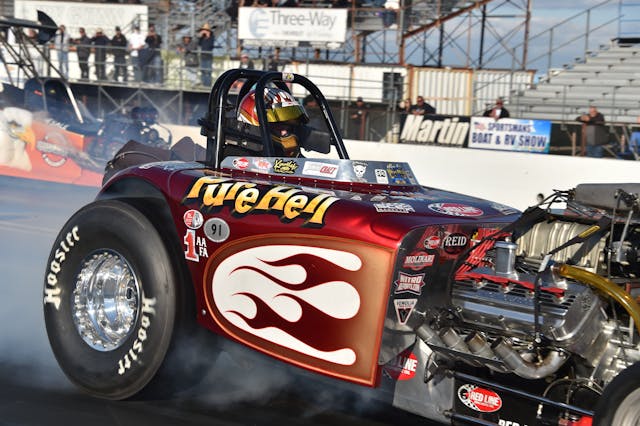
“Its just like when we raced in the 60s,” says Guasco. “It’s all the same but everything is more expensive, and we know a lot more. You still work your ass off and try to go as fast as you can.” Whether ripping down the quarter-mile or popping a huge wheelstand, the car puts on a fantastic show. They say Pure Hell’s nickname came from its owner’s fiery temper, as described by painter Tony Del Rio. In 1992, Guasco restored Pure Hell after it was destroyed in a wreck. Now it has an Emery-built 392 cubic-inch Hemi, sitting on a 106-inch frame, with Brian Hope in the seat, and runs 5.8 second elapsed time at 245 miles-per-hour. “We have pinion supports, now, upgraded fire suits, and slider clutch.” says Guasco. “We know so much more about fuel so a trouble-free pass is much more attainable…but you never know. Everybody had a fire in the old days. We come now, not only to win, but to see old friends and share stories”
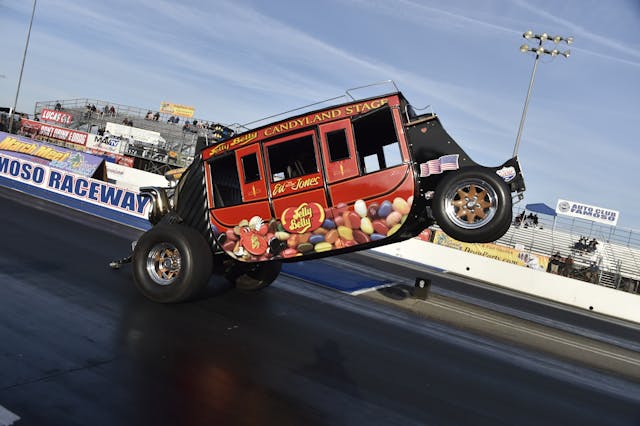
I cornered Steve Gibbs, the first director of the Wally Parks NHRA Motorsports Museum and former board member. Gibbs spent a good part of his youth at the March Meet and was part of every phase of drag racing. Gibbs is now promoting his next “Nitro Revival” at Irwindale Dragstrip, later in November. They’re marketing the event as a “cackle-clismic proportion, a sensual smorgasbord of sight, sound and smell.” It is created by racing people, for racing people. (You can learn more at nitrorevival.com.)
Gibbs’ career began back in 1961, on the old San Gabriel Drag Strip. In 1998, he was instrumental in the development of the Museum in Pomona, California. “I’ve been coming out Famoso since 1957, back when it was just a Smokers weekend race,” says Gibbs. “This track was kind of an outlaw track, doing whatever they wanted. The NHRA banned nitro from 1958 to 1963. That’s what made this place so popular. They ran nitro here, and couldn’t keep the nitro fans away. This is Mecca, this is Woodstock; the kind of event and brings back all the old timers to reminisce and reflect.”
Racing legend Don Ewald piloted the Buttera-built BankAmericar Top Fuel digger and campaigned with his brother John during the sport’s glory days in Southern California. They considered Famoso to be a home away from home and a place to get together with friends and share stories. “It was very unorganized, but the purses weren’t that bad,” says Ewald of Famoso. “You’d come in, find a place to park, and that was your pit. The only rule back in the day was you had to be “fired” (running) by 5:00 pm. I’m still here because I love nitro and I love drag racing. It always gives me something to look forward to and I have a wife that supports that…that’s why I’m married for 25 years,” he adds with smile.
March Meet is one of the most prestigious drag races on the vintage circuit. It kicks off the NHRA Hot Rod Heritage points series–which coincidentally ends at Famoso in October. Then, come spring, when the peaches start to fall like snowflakes, they’ll do it all over again.
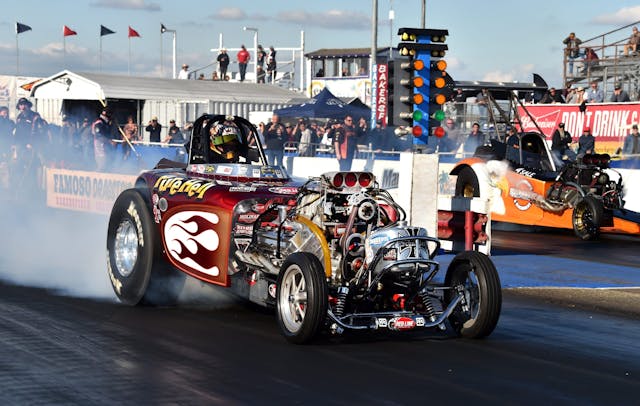
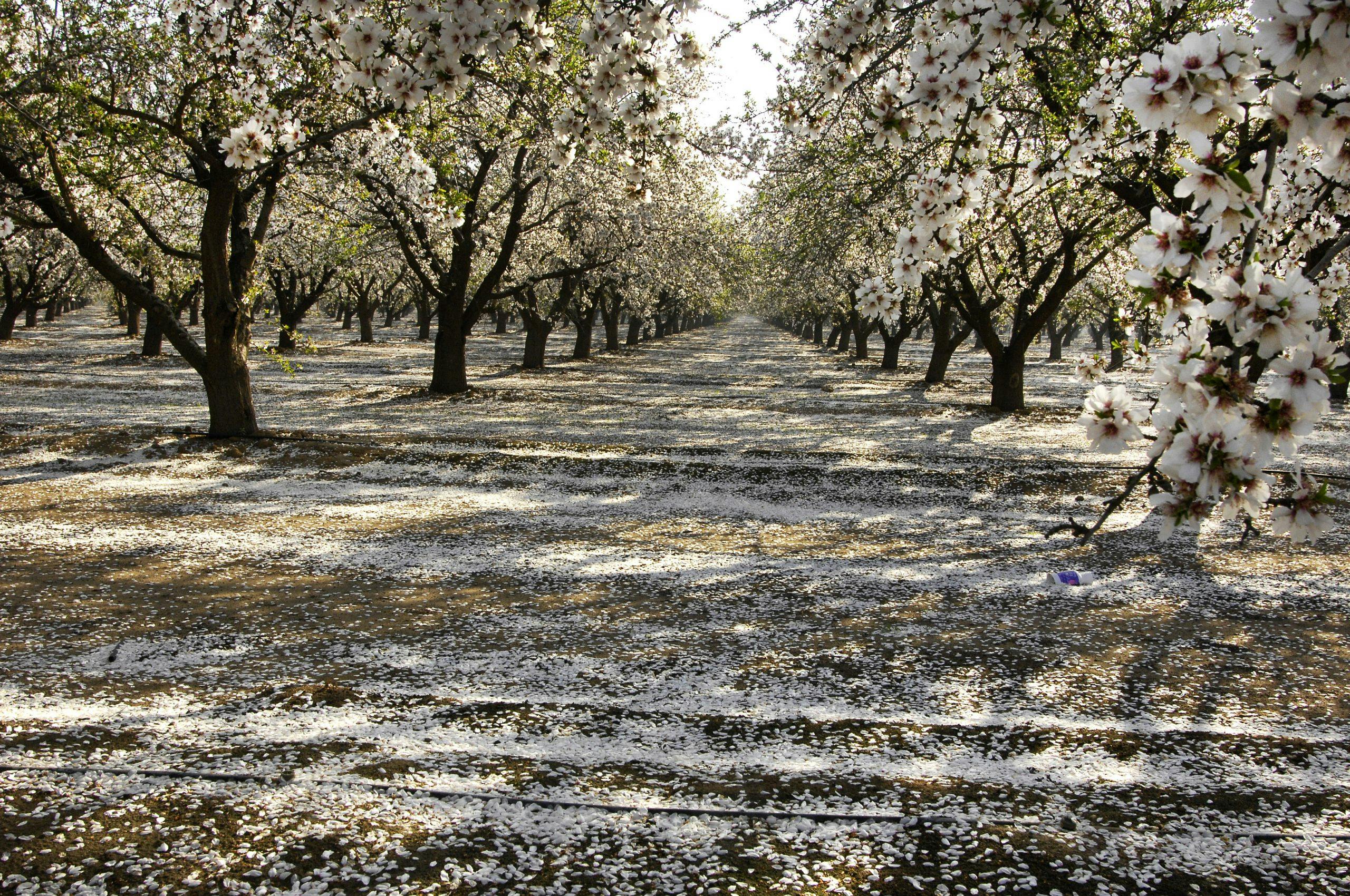
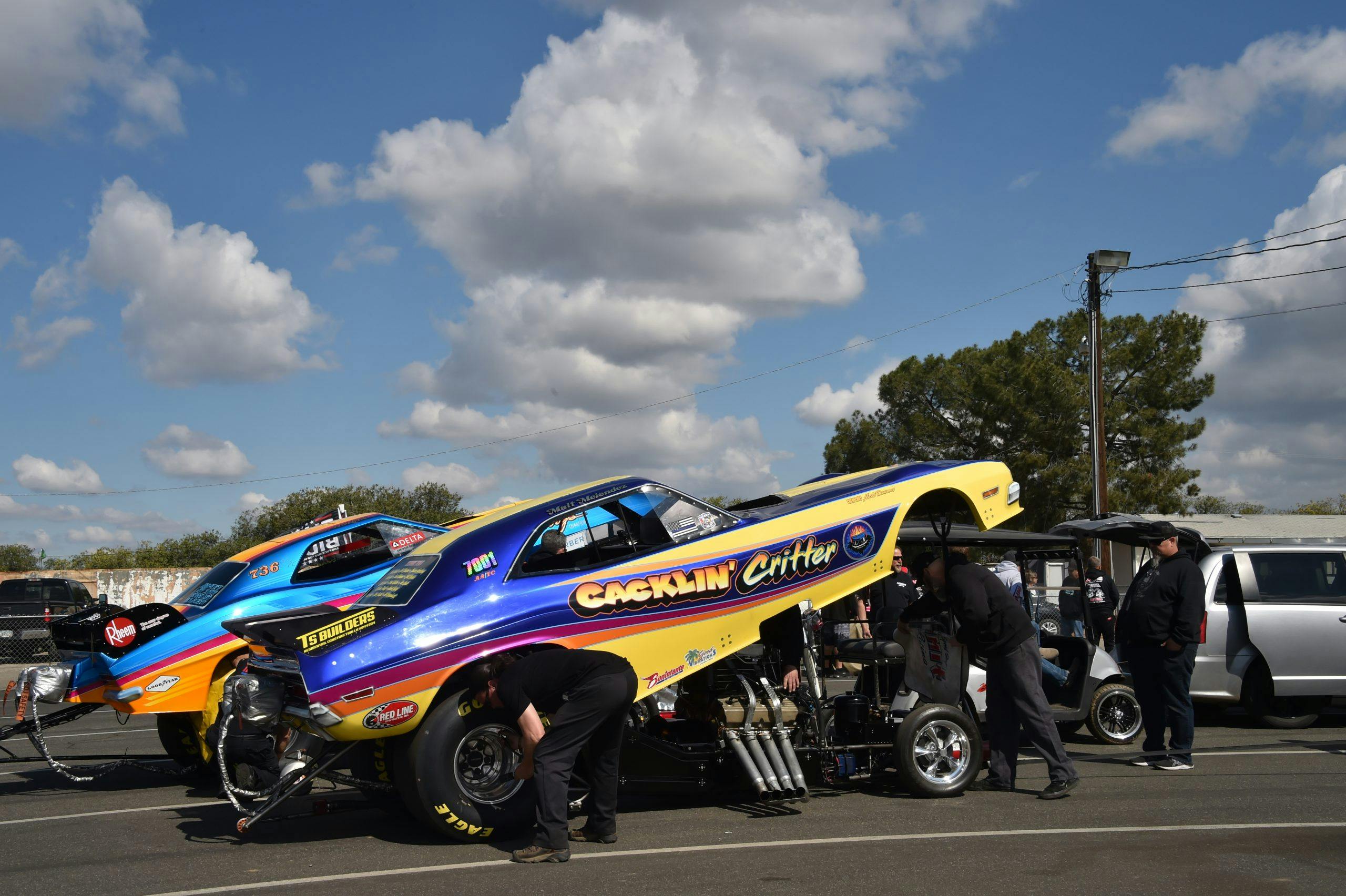
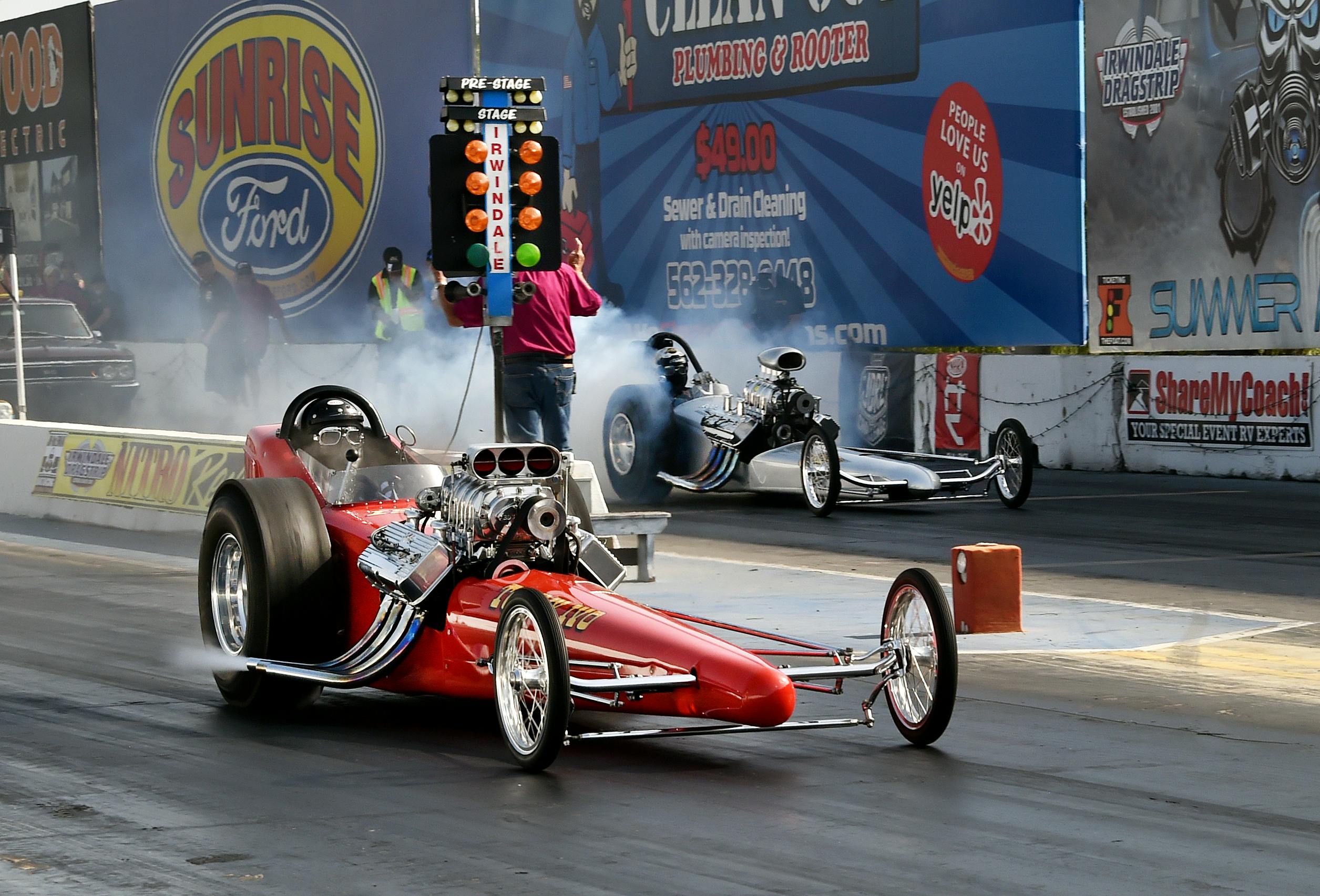
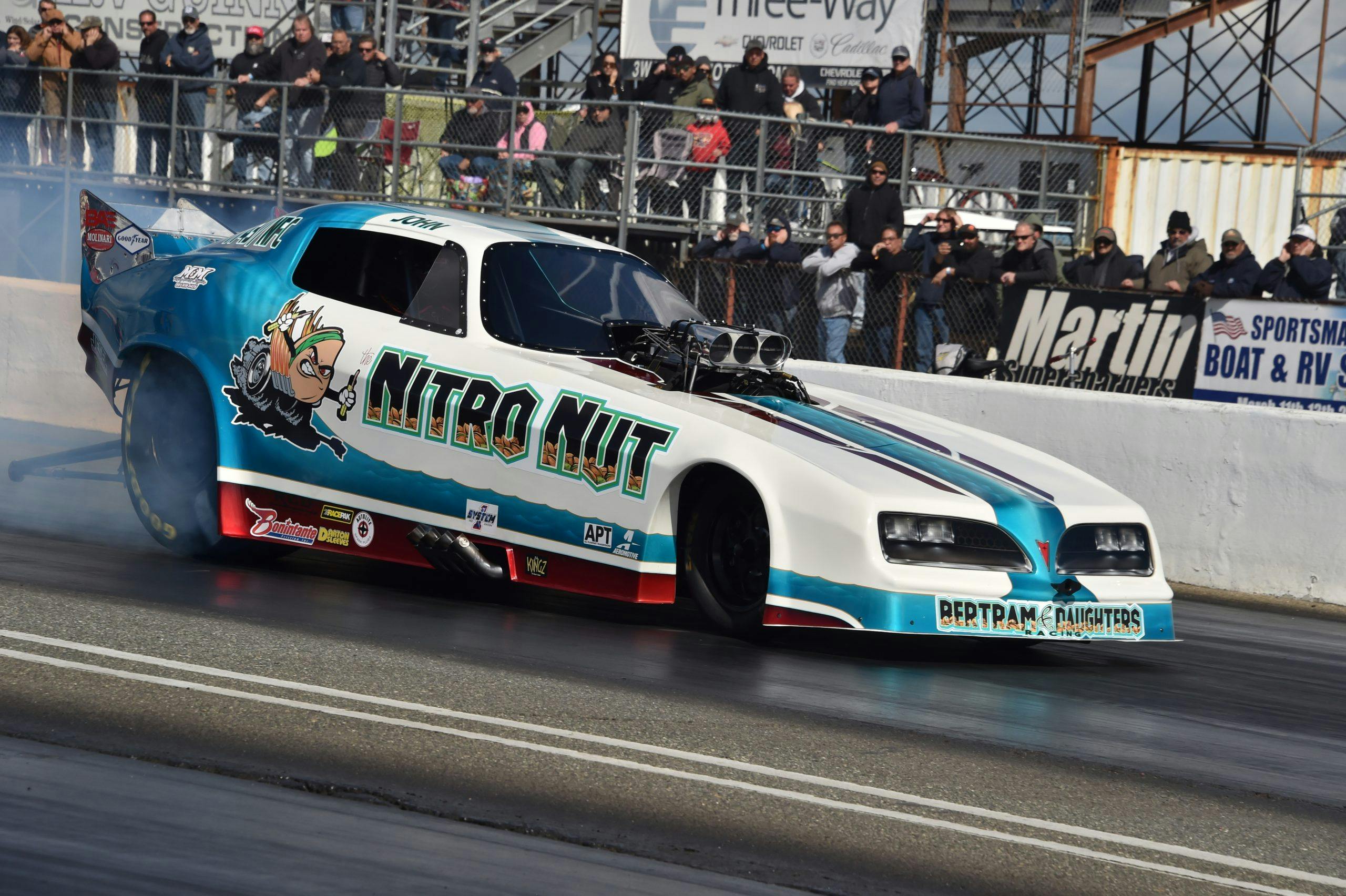
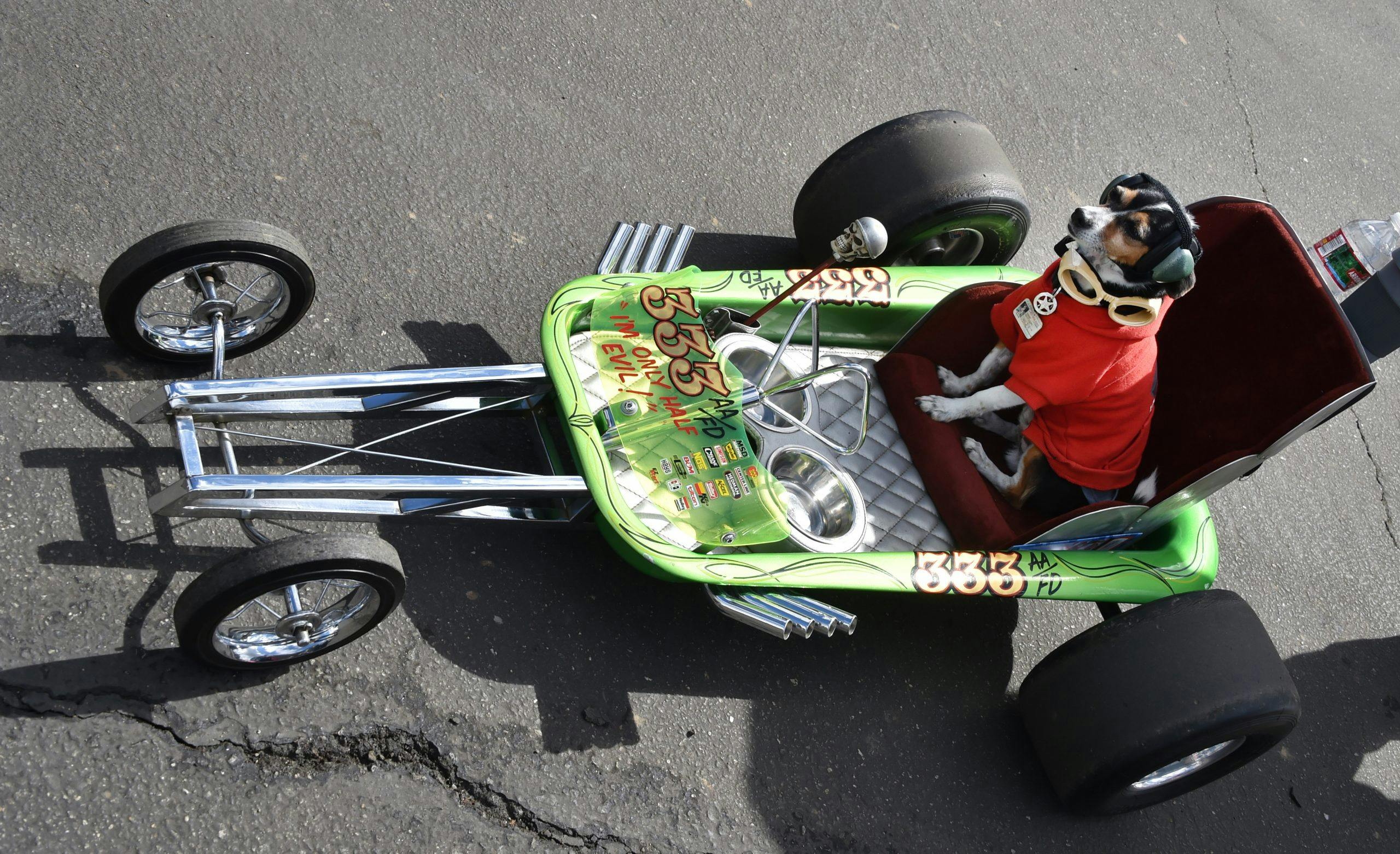
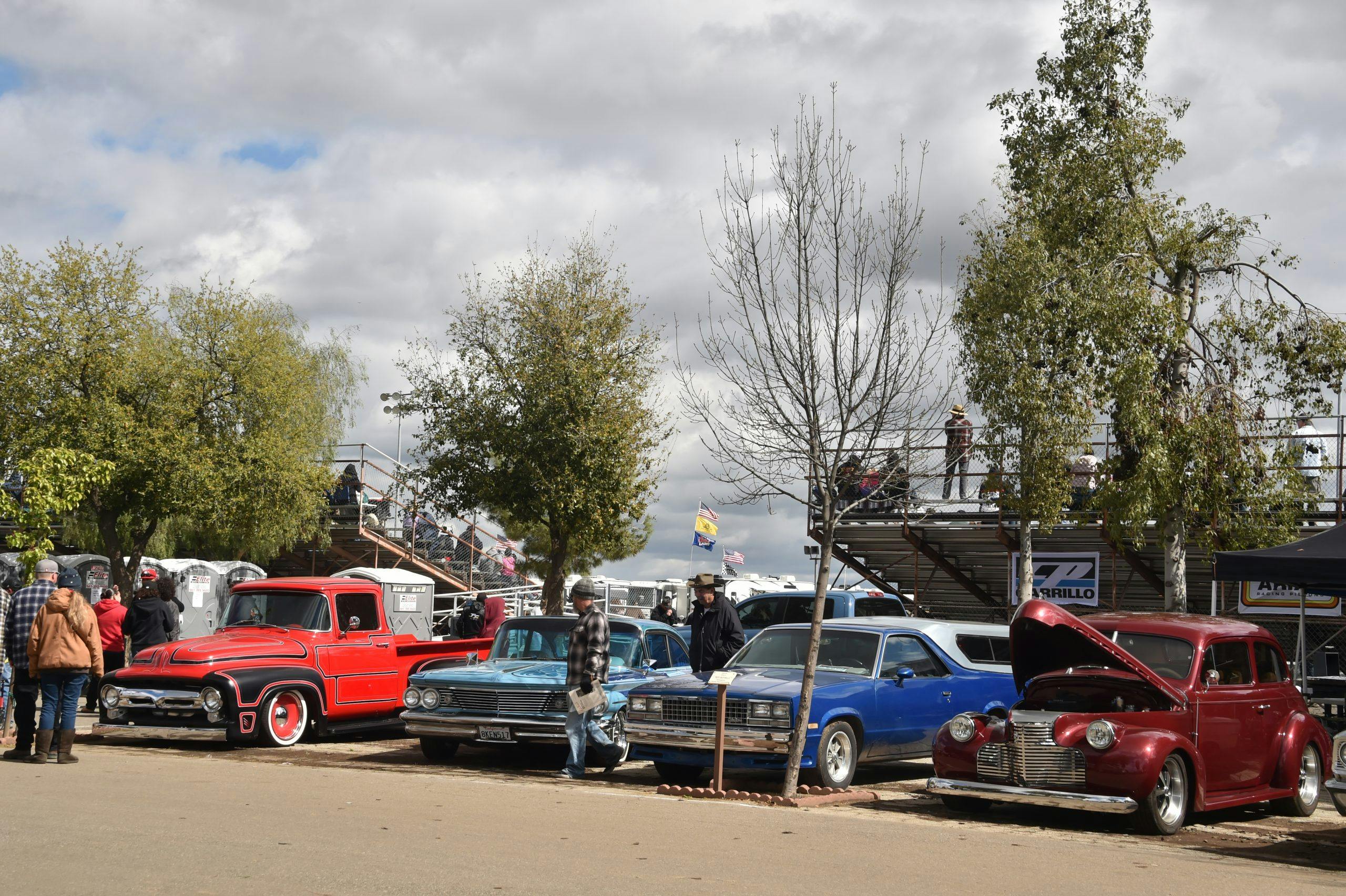
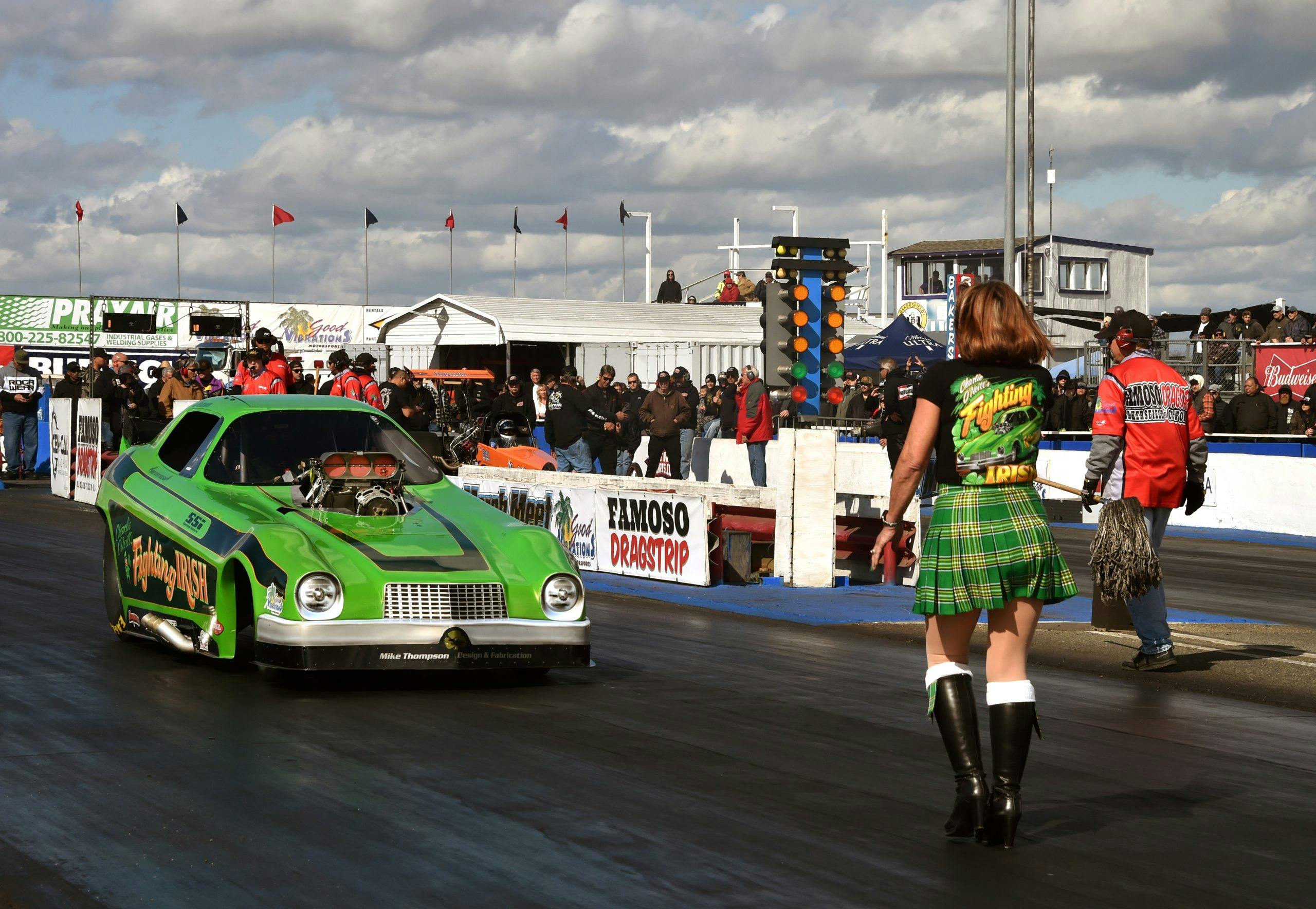
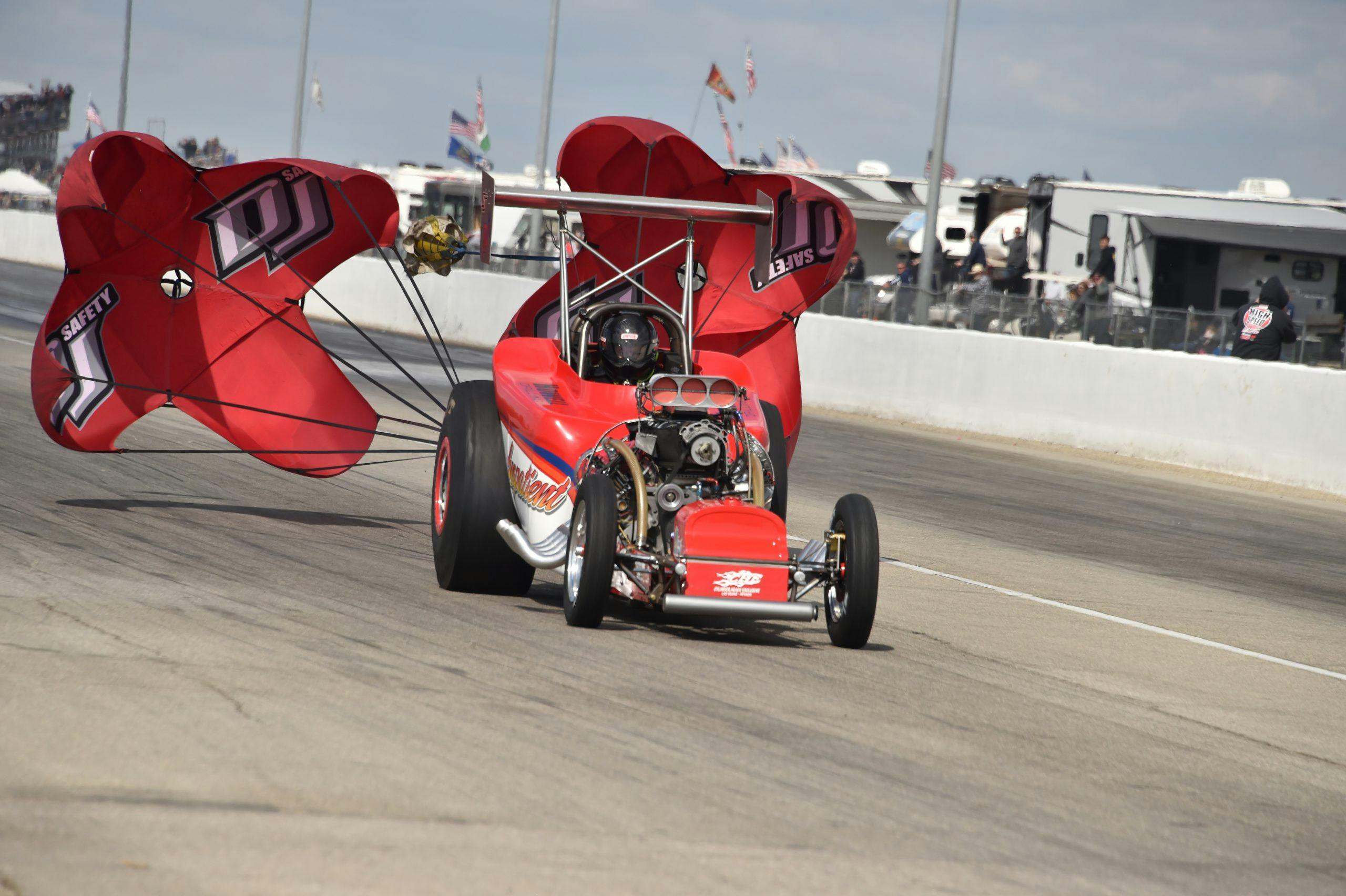
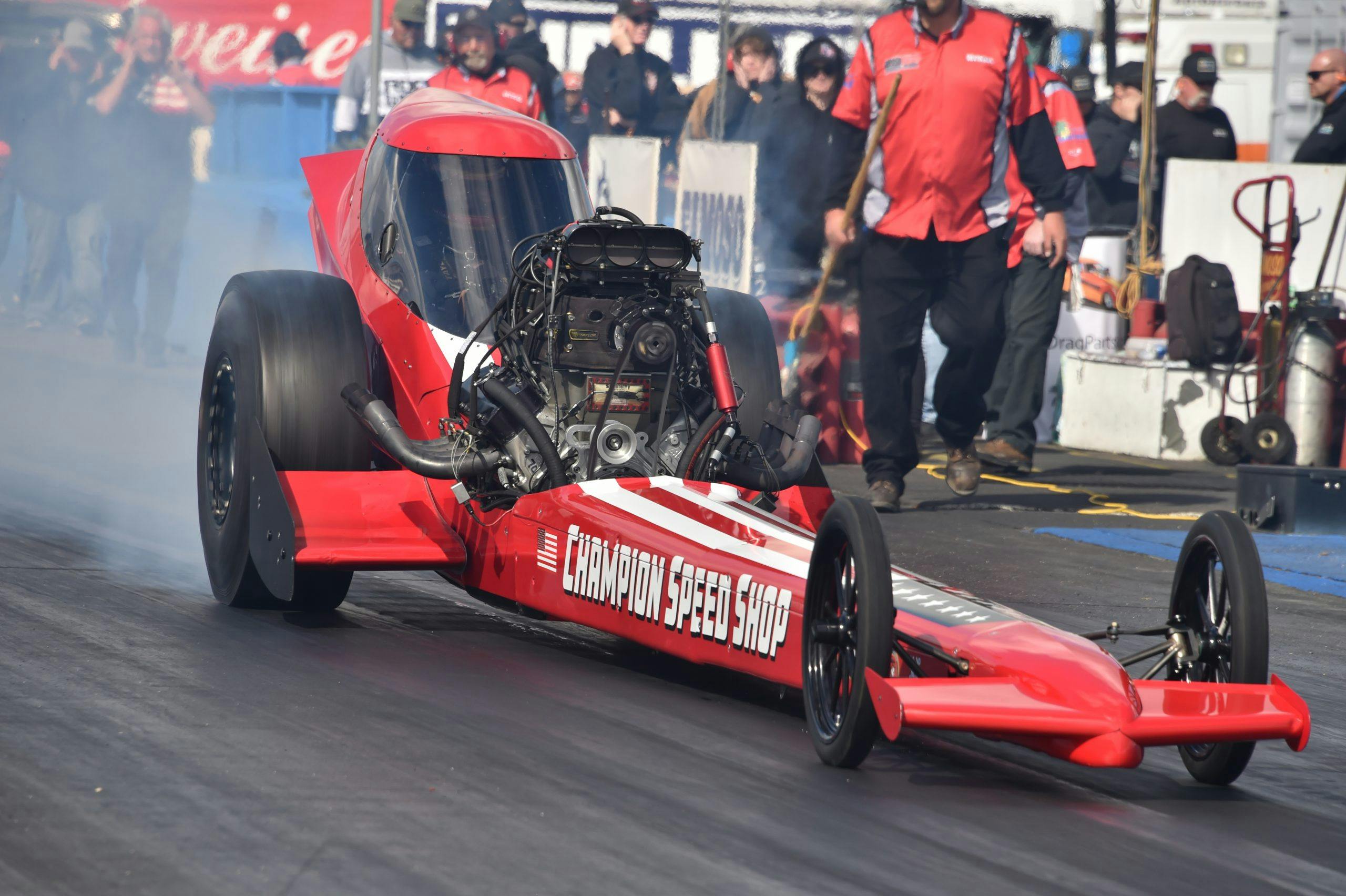
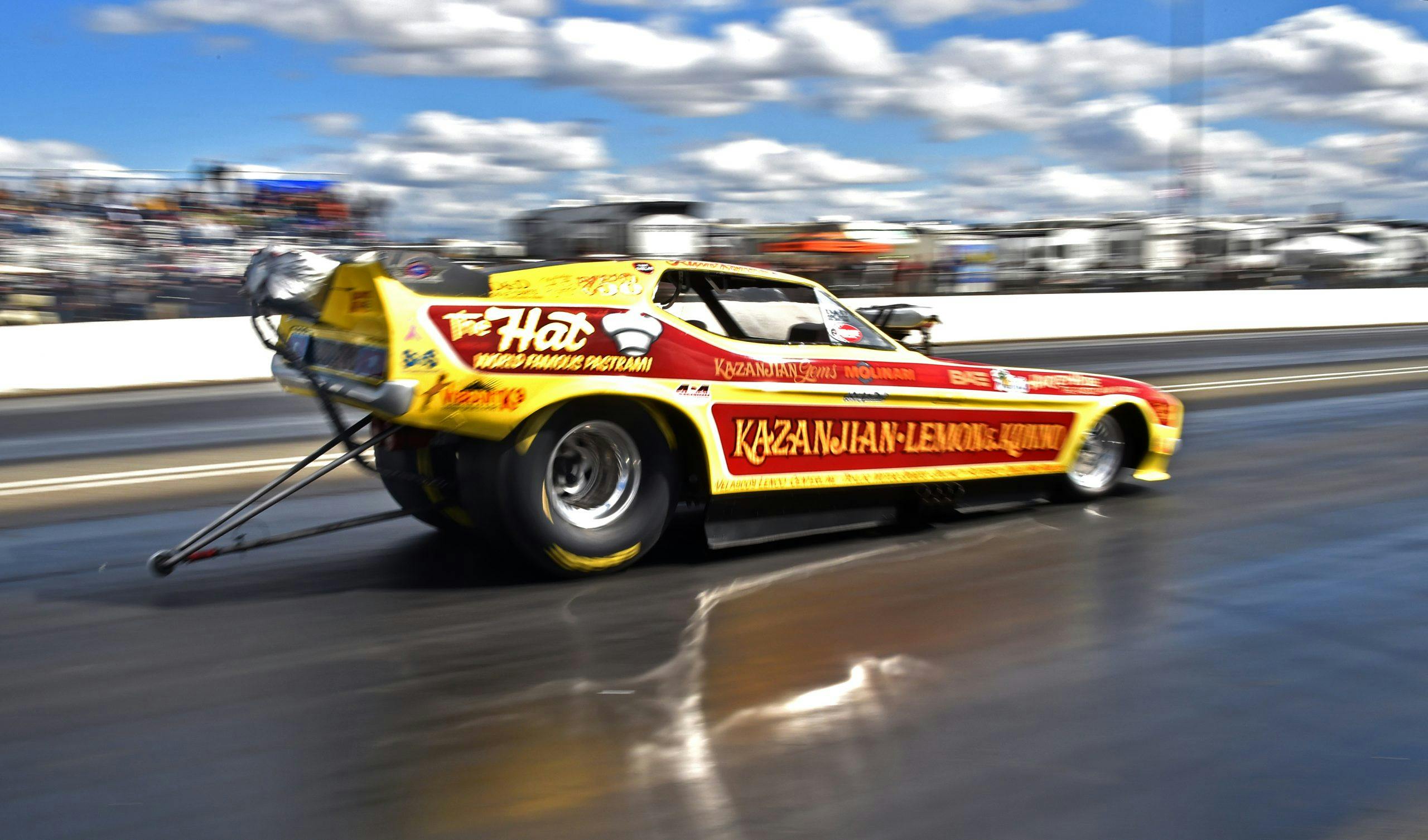


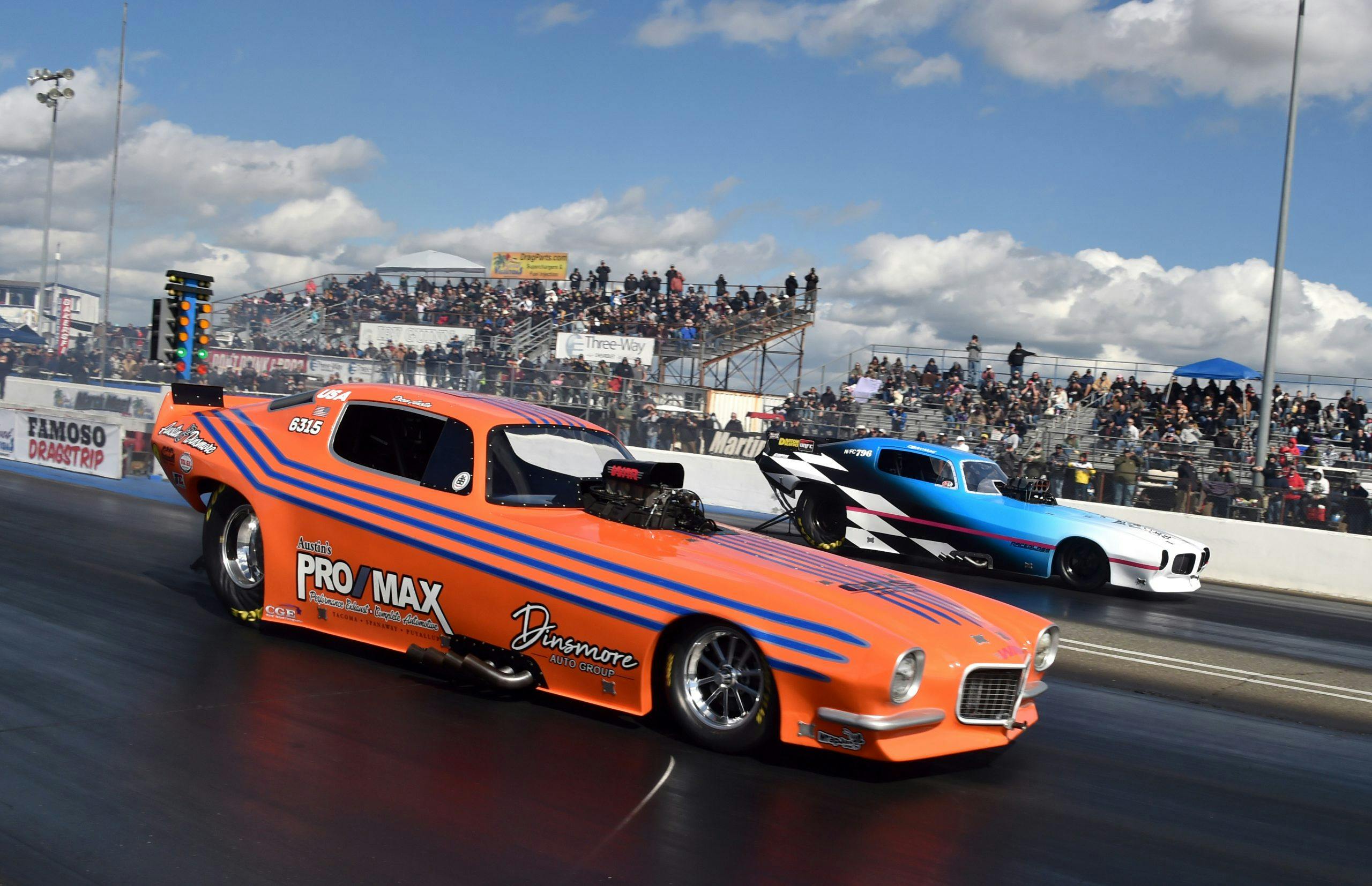

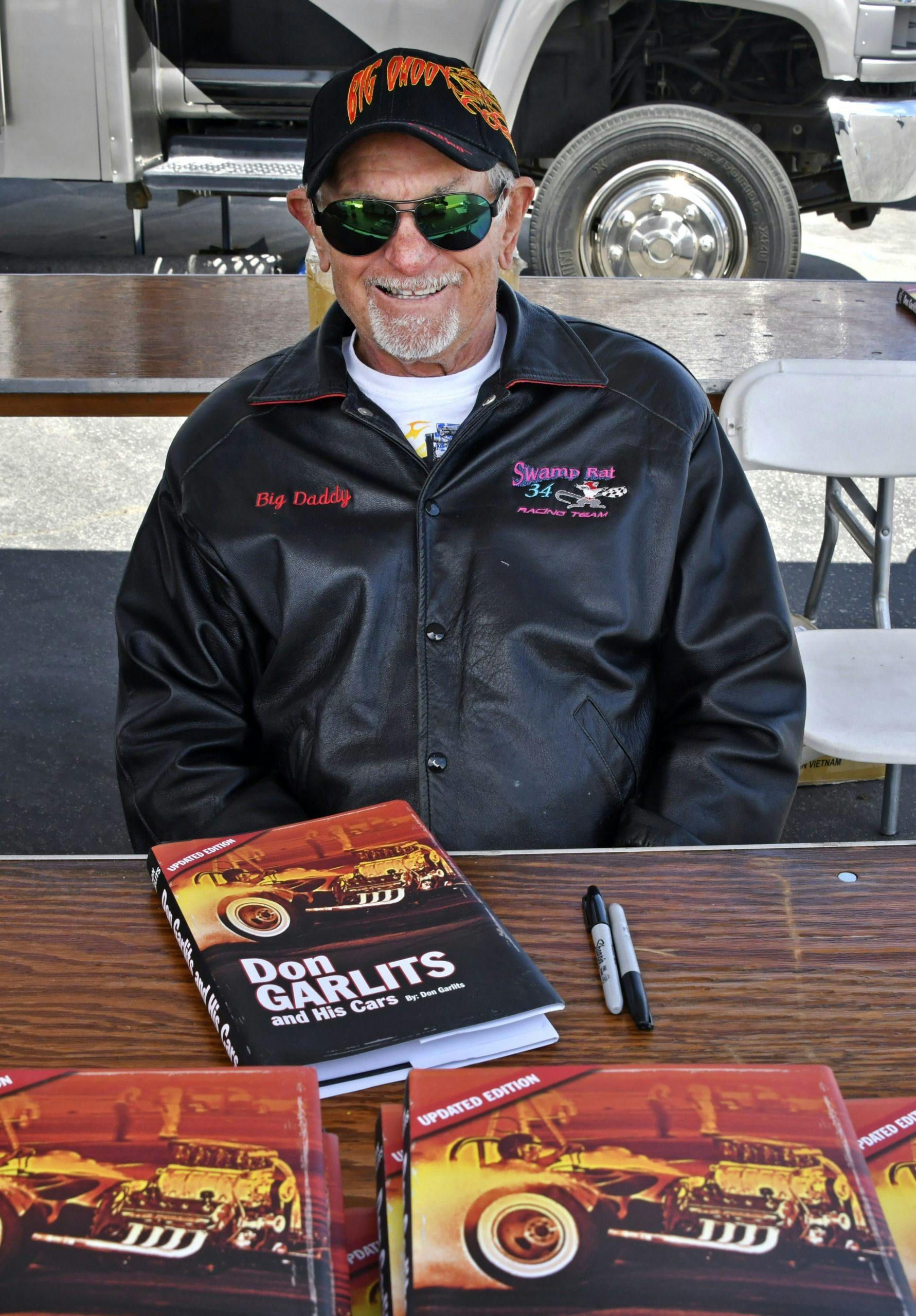
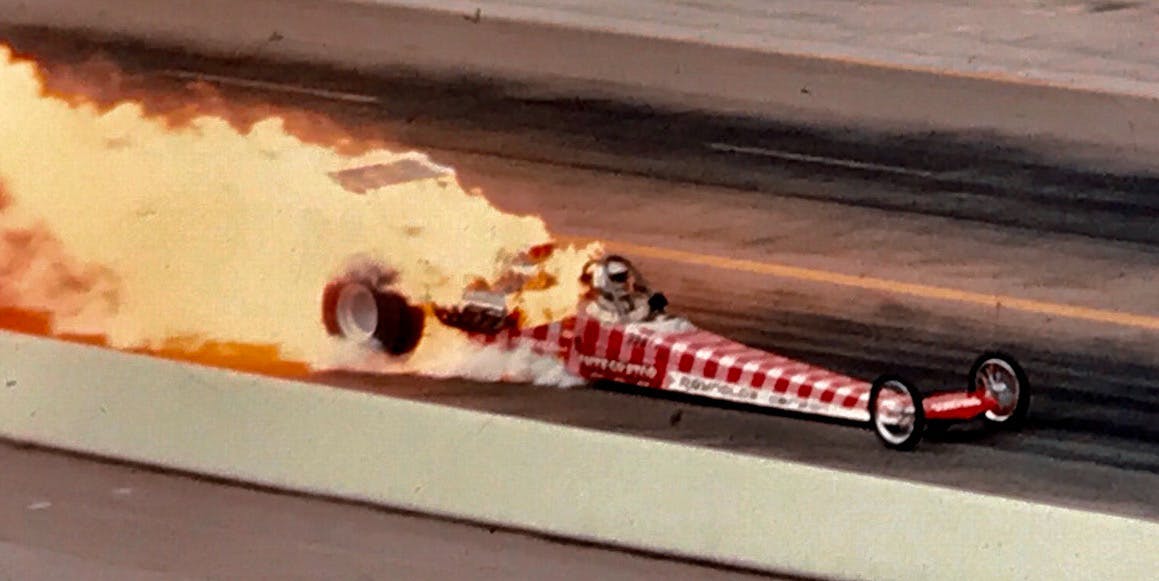
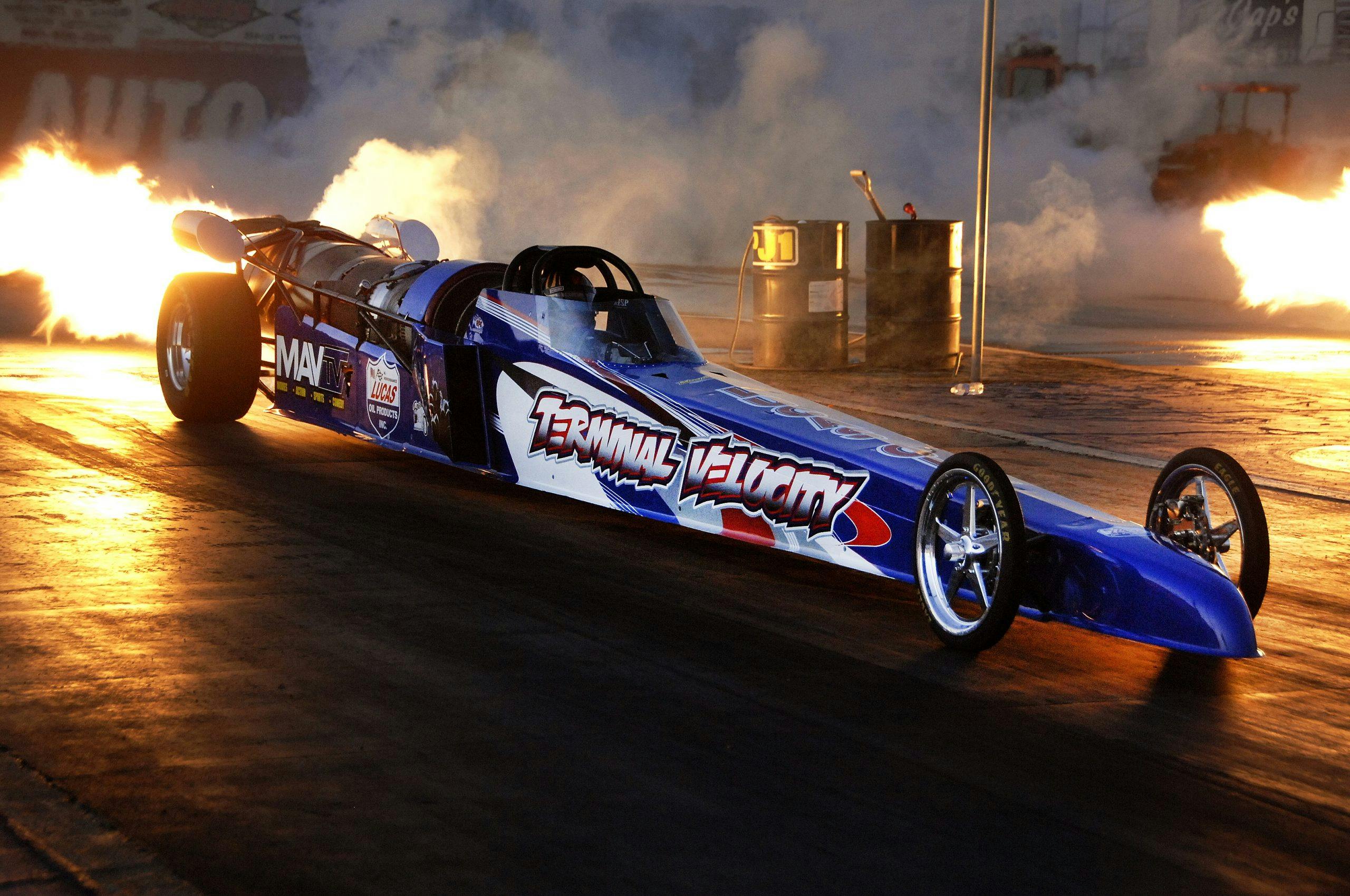

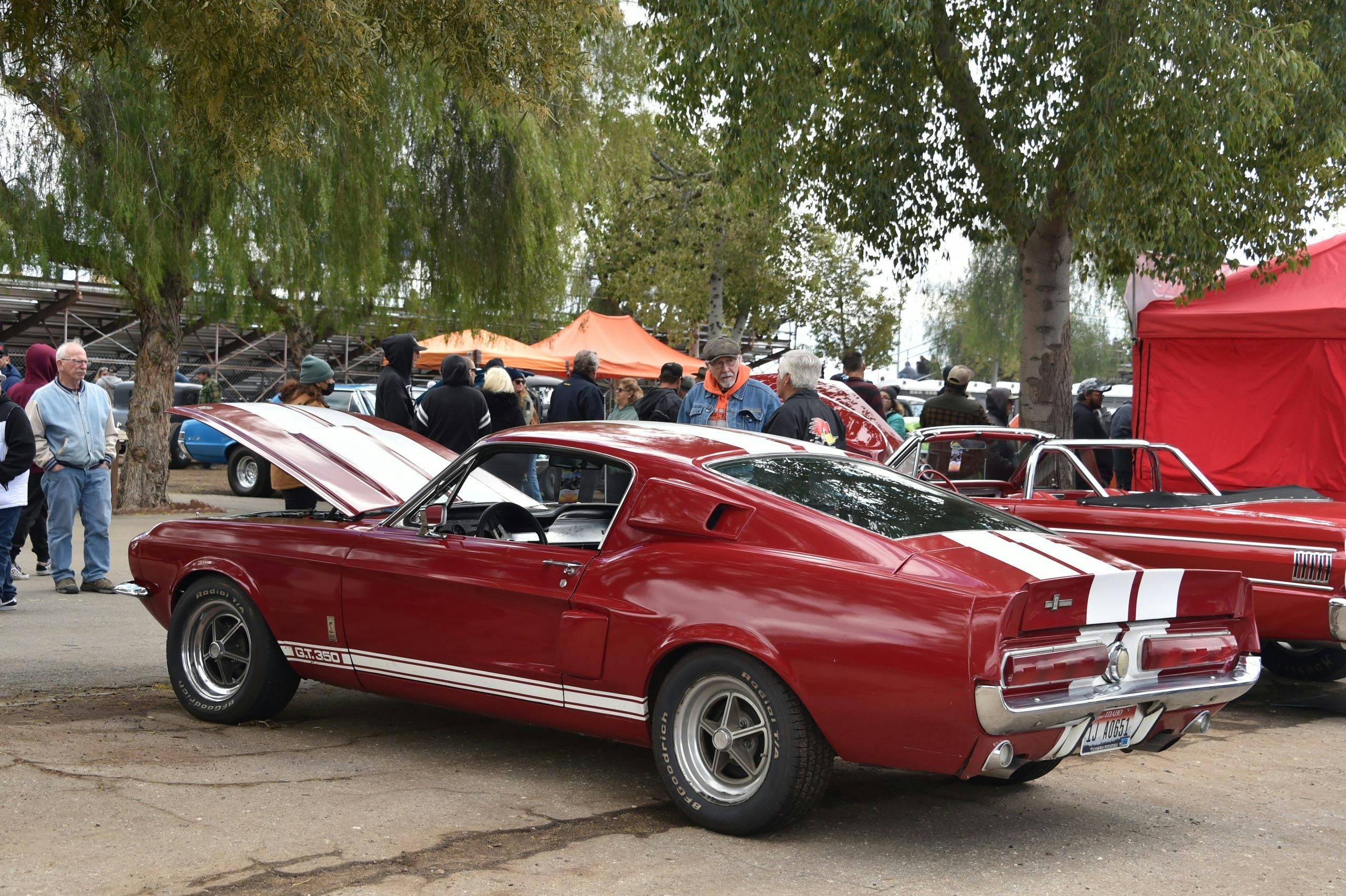
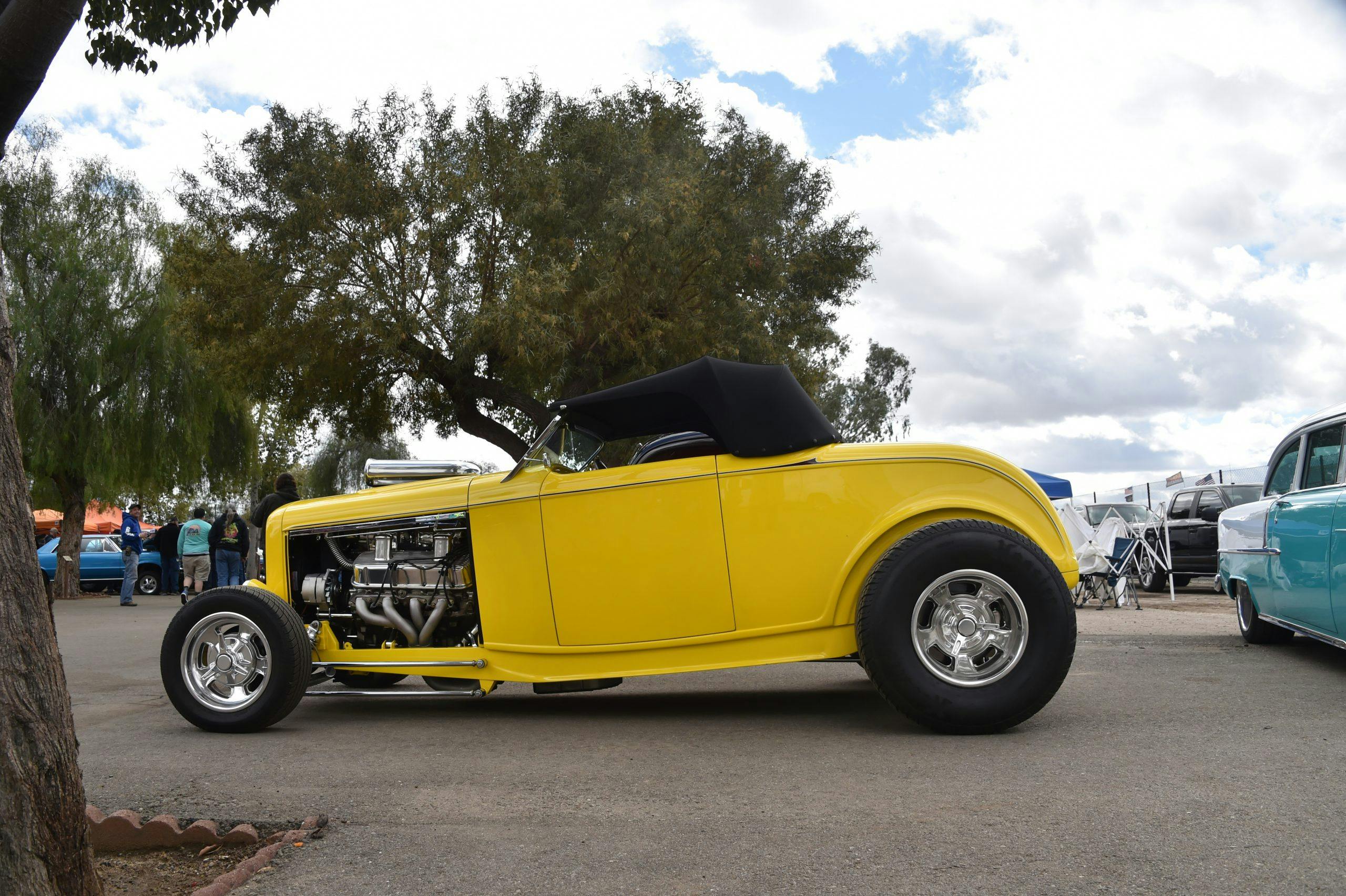
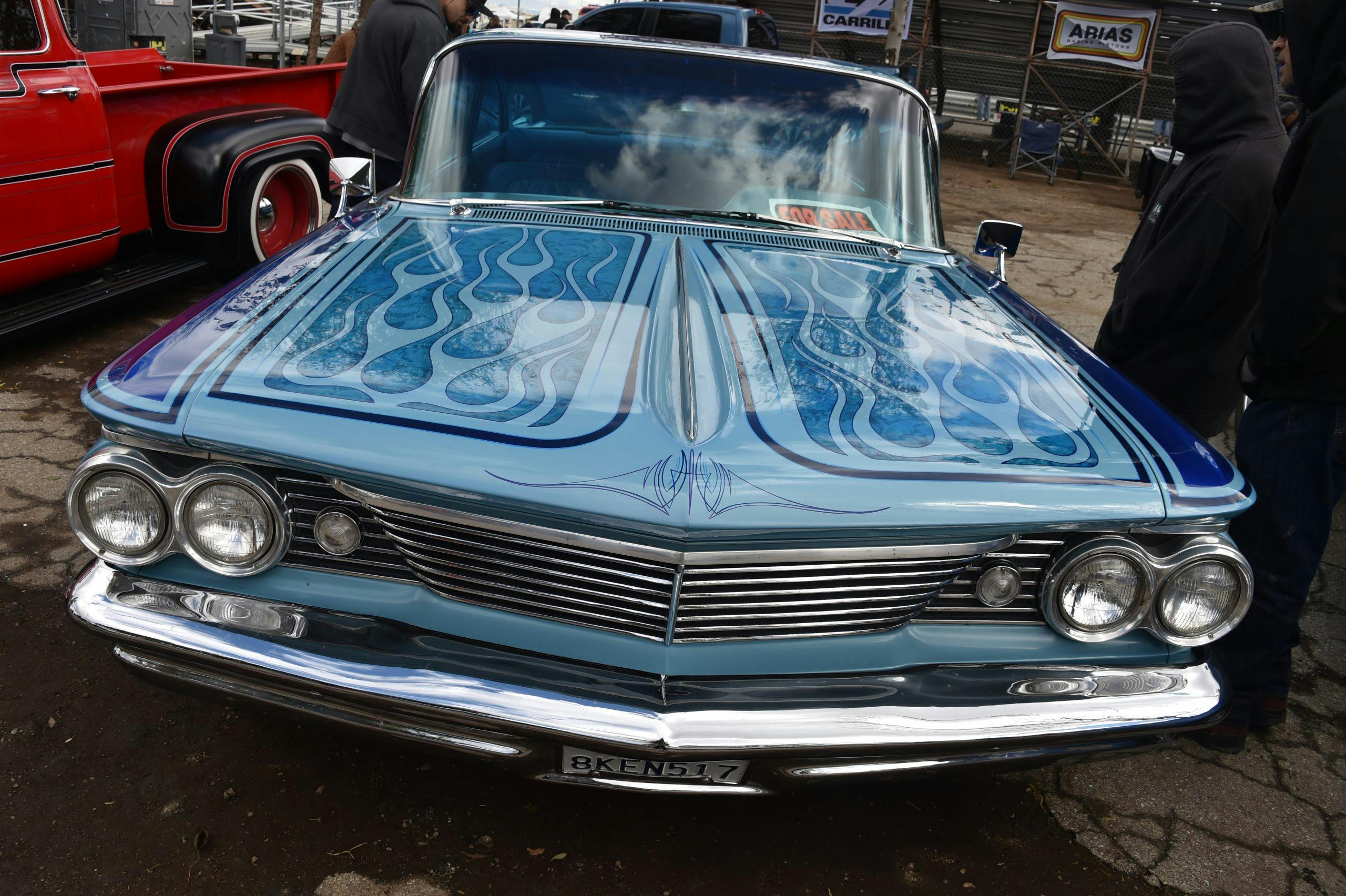
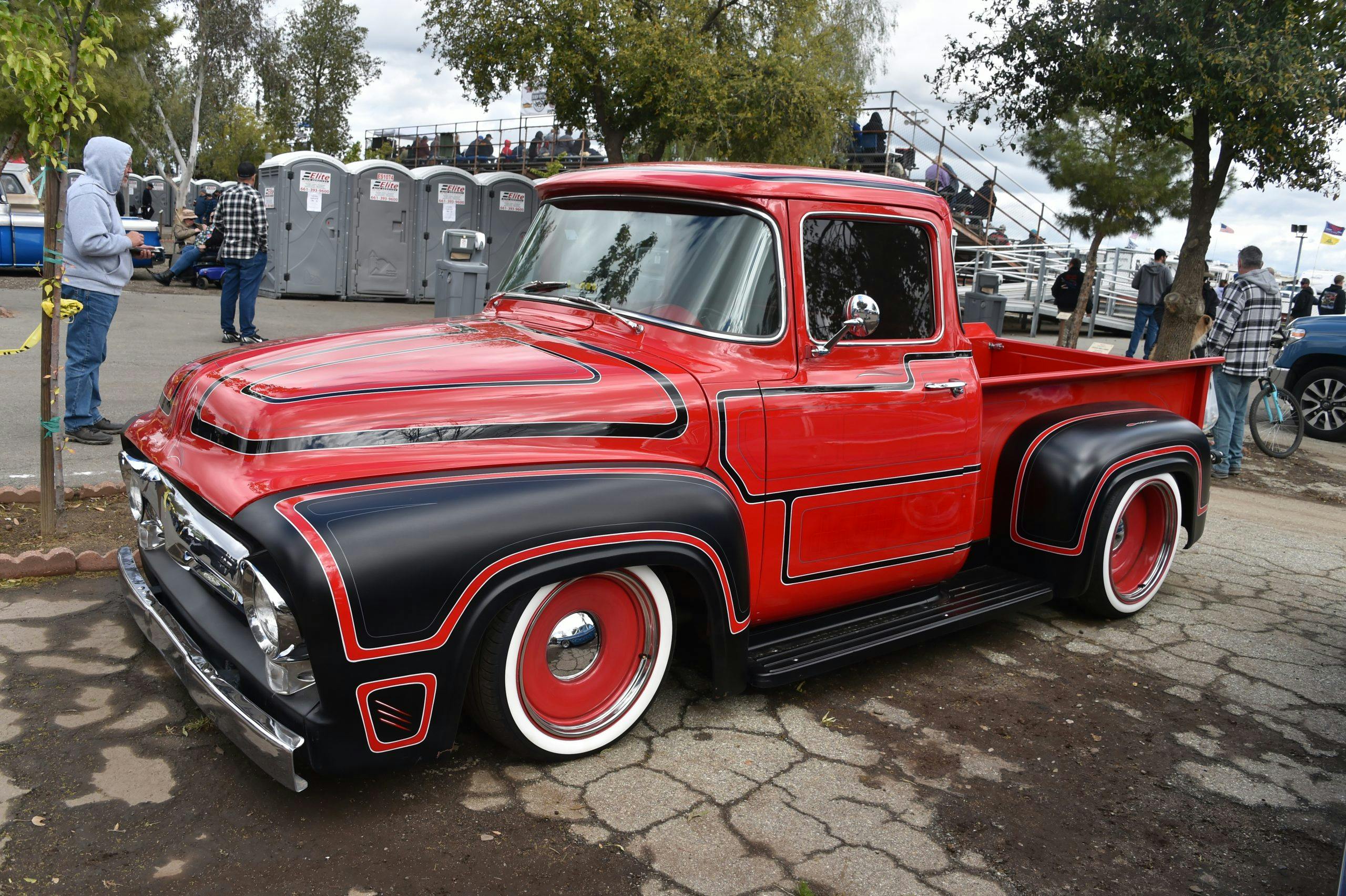
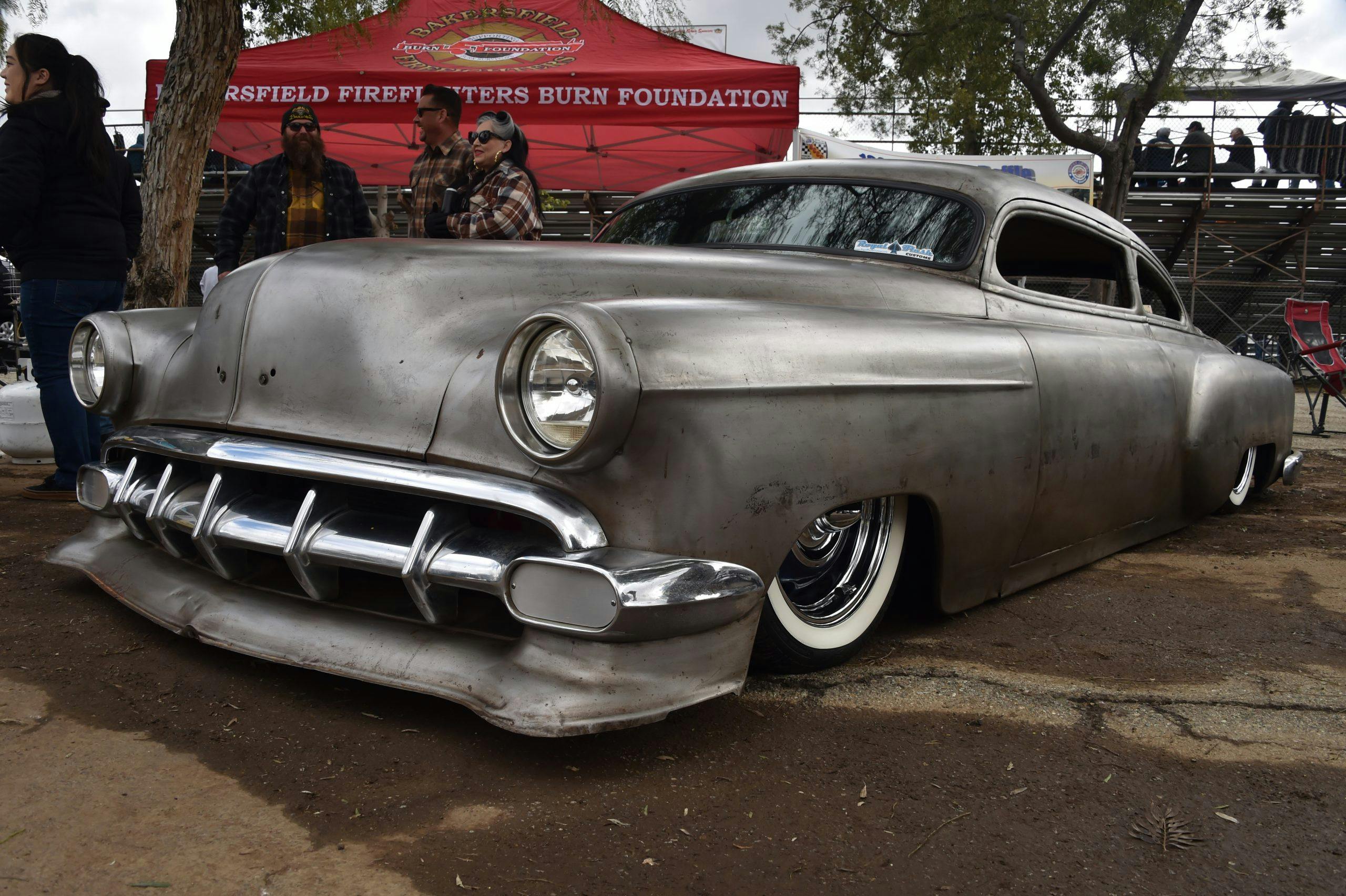
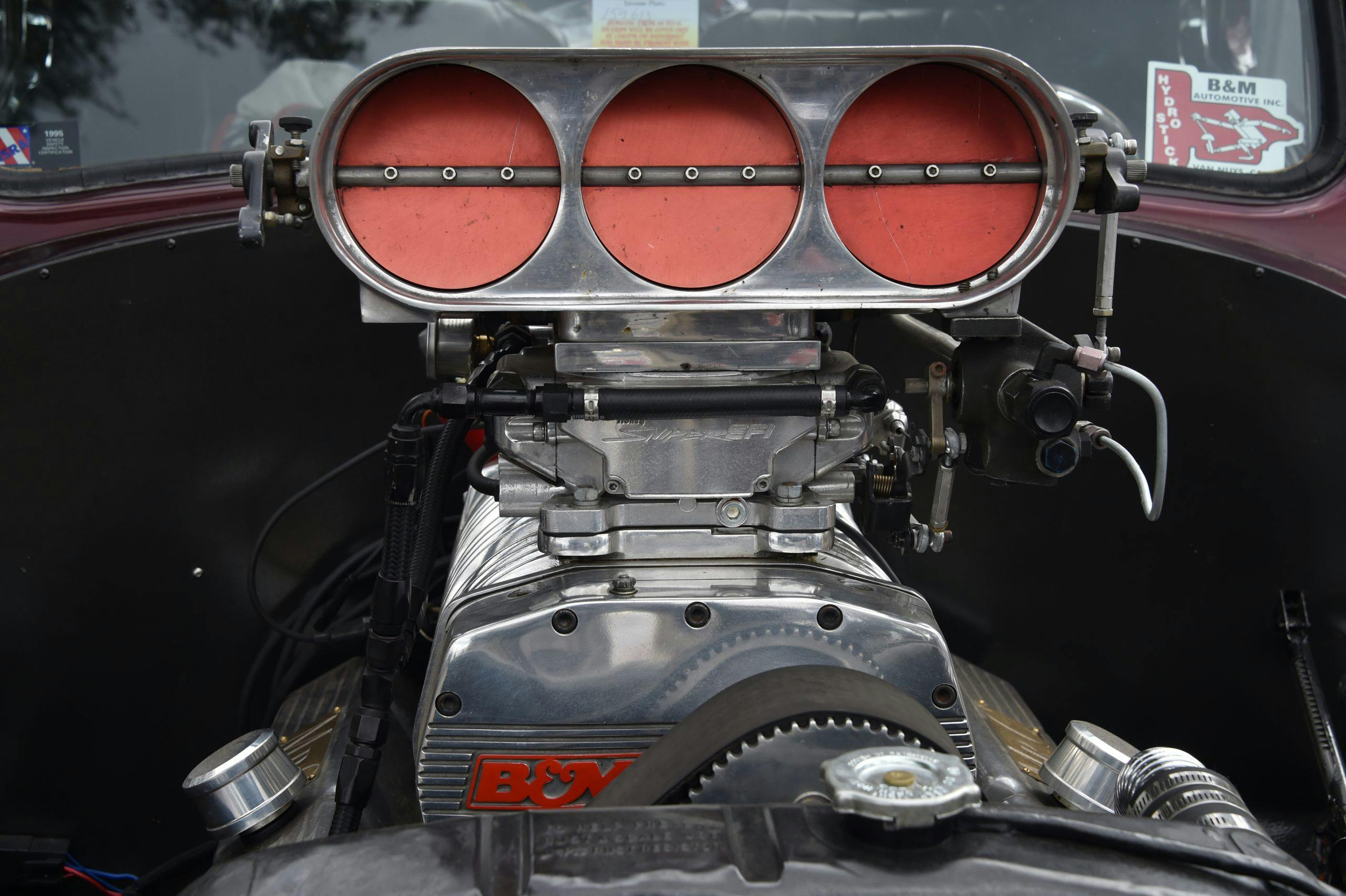
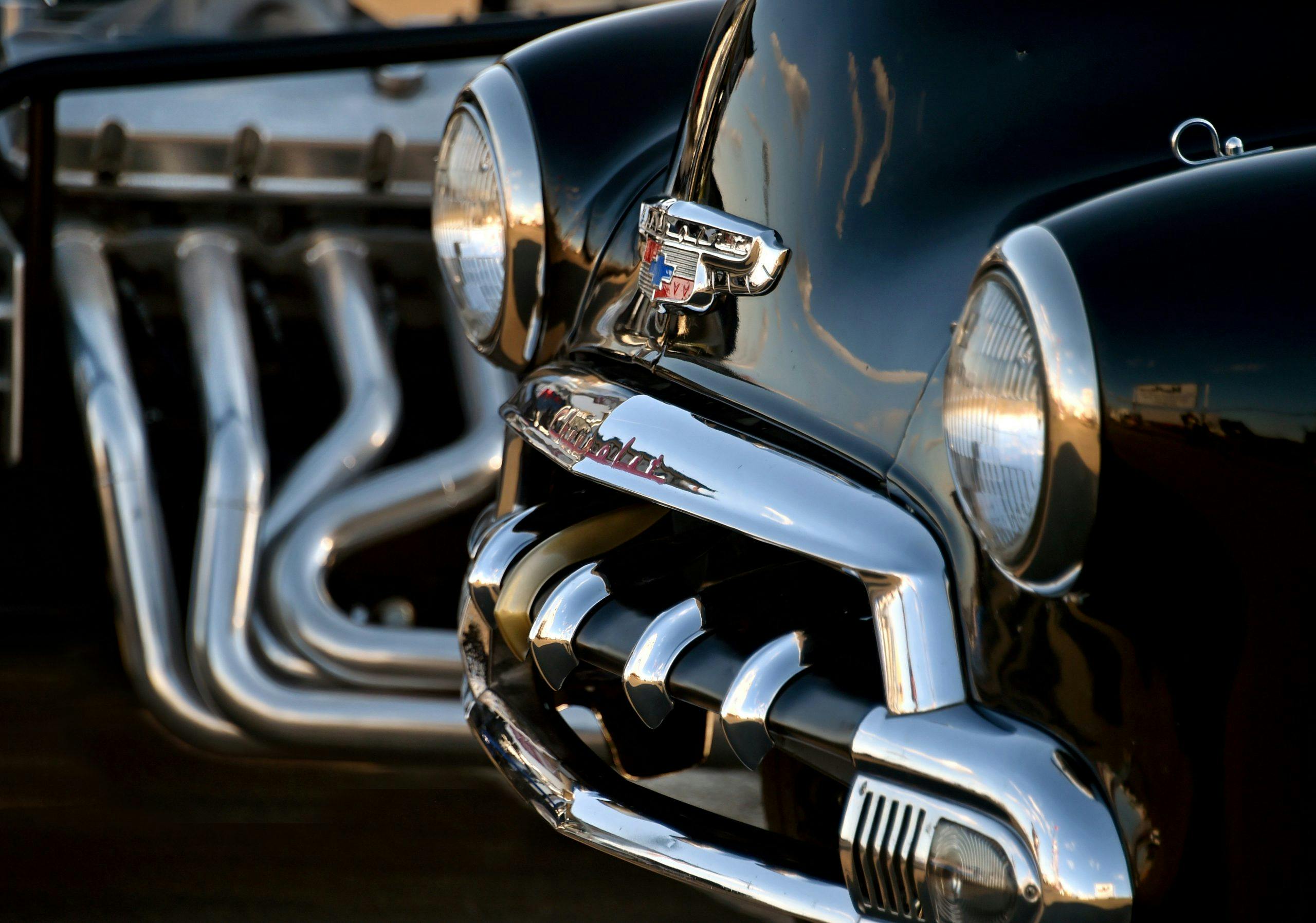
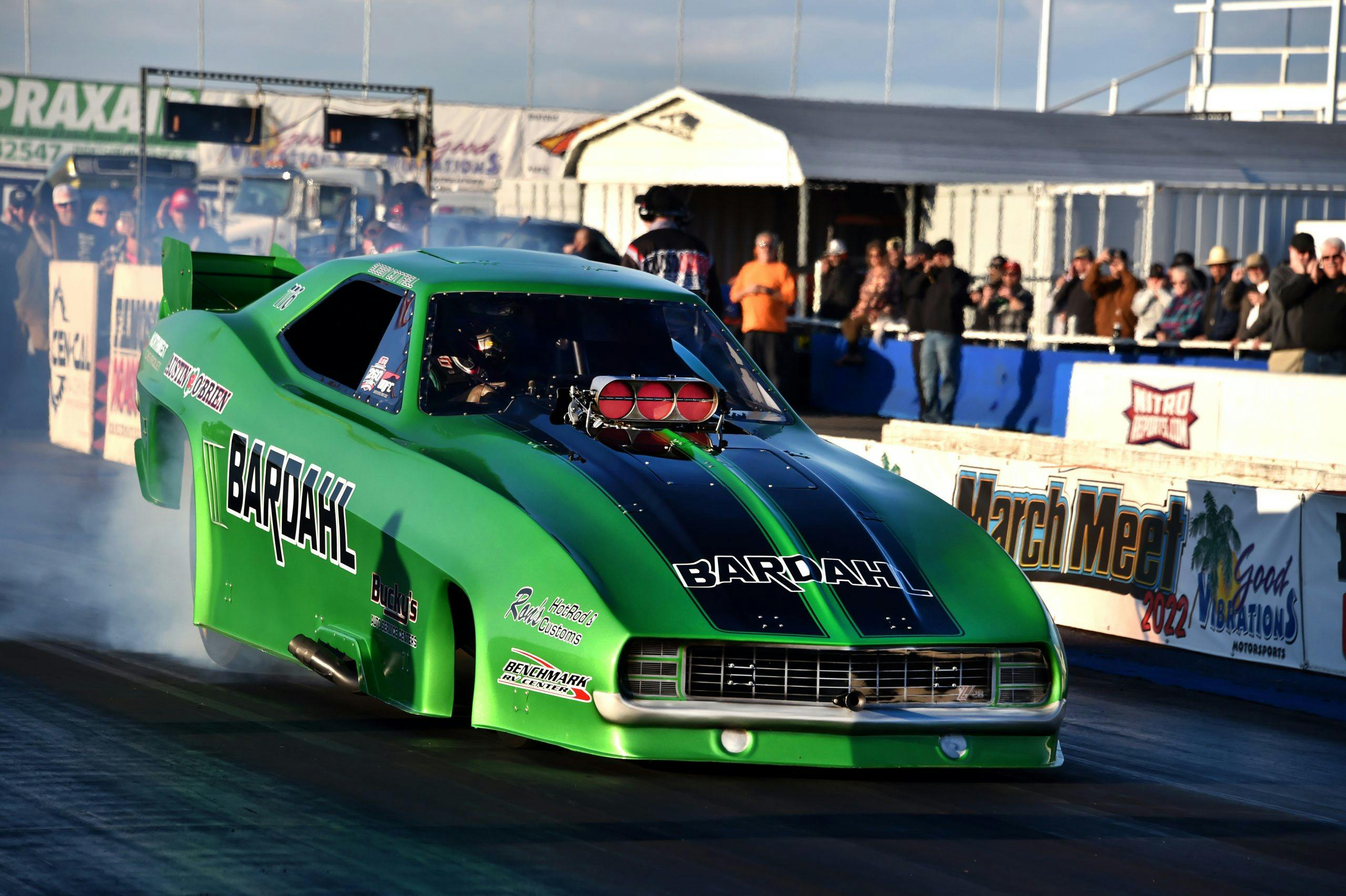
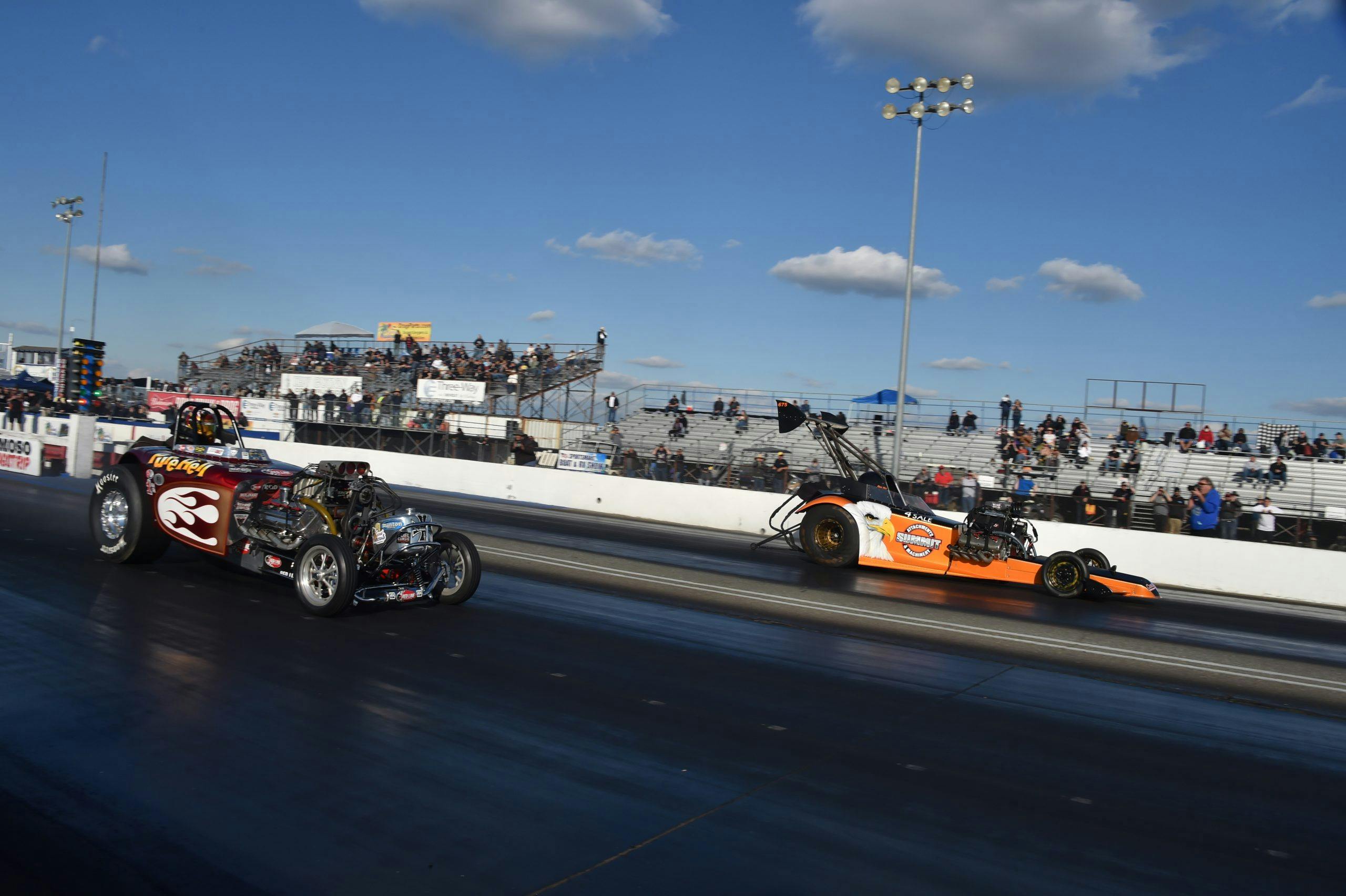


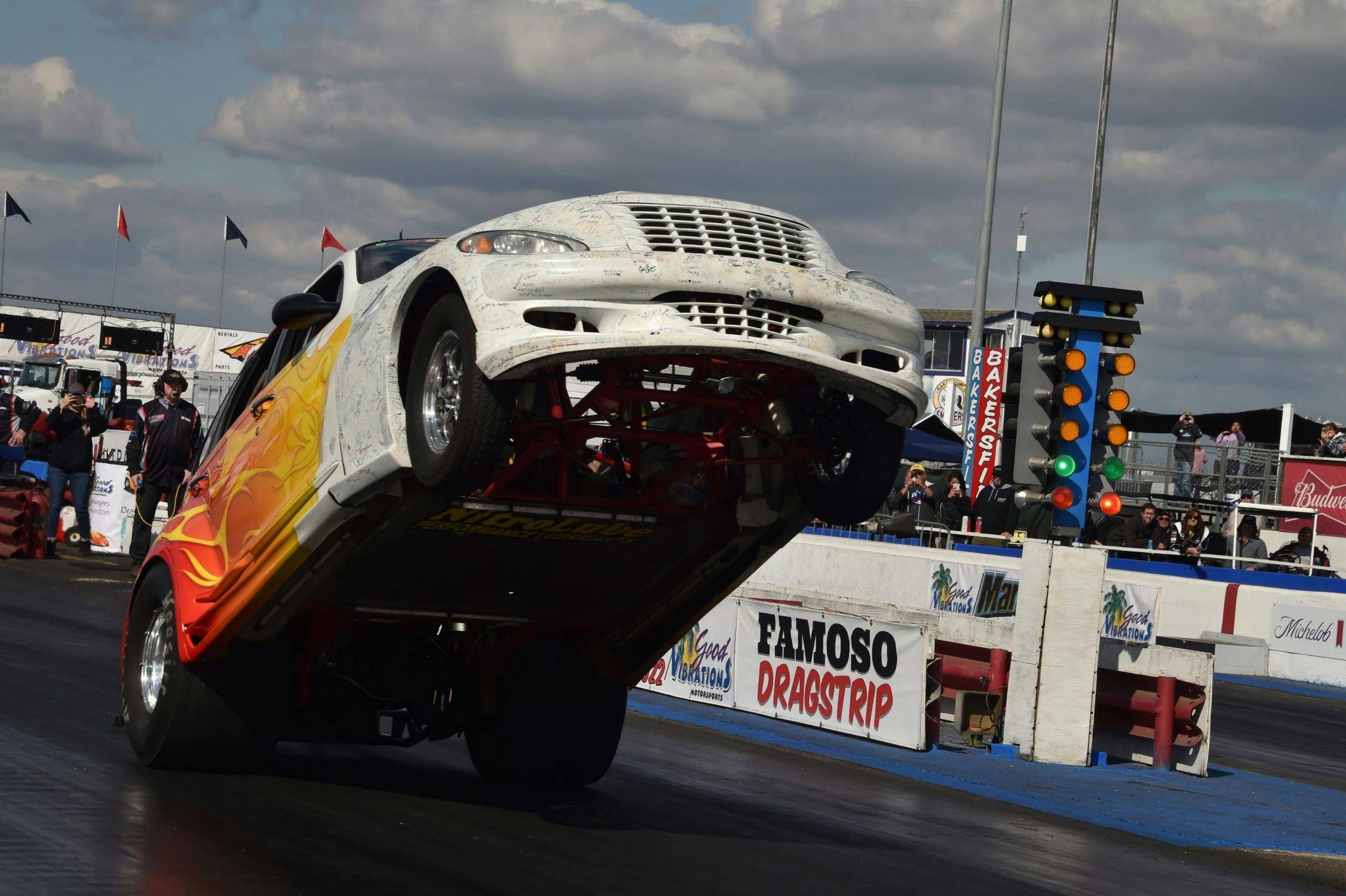
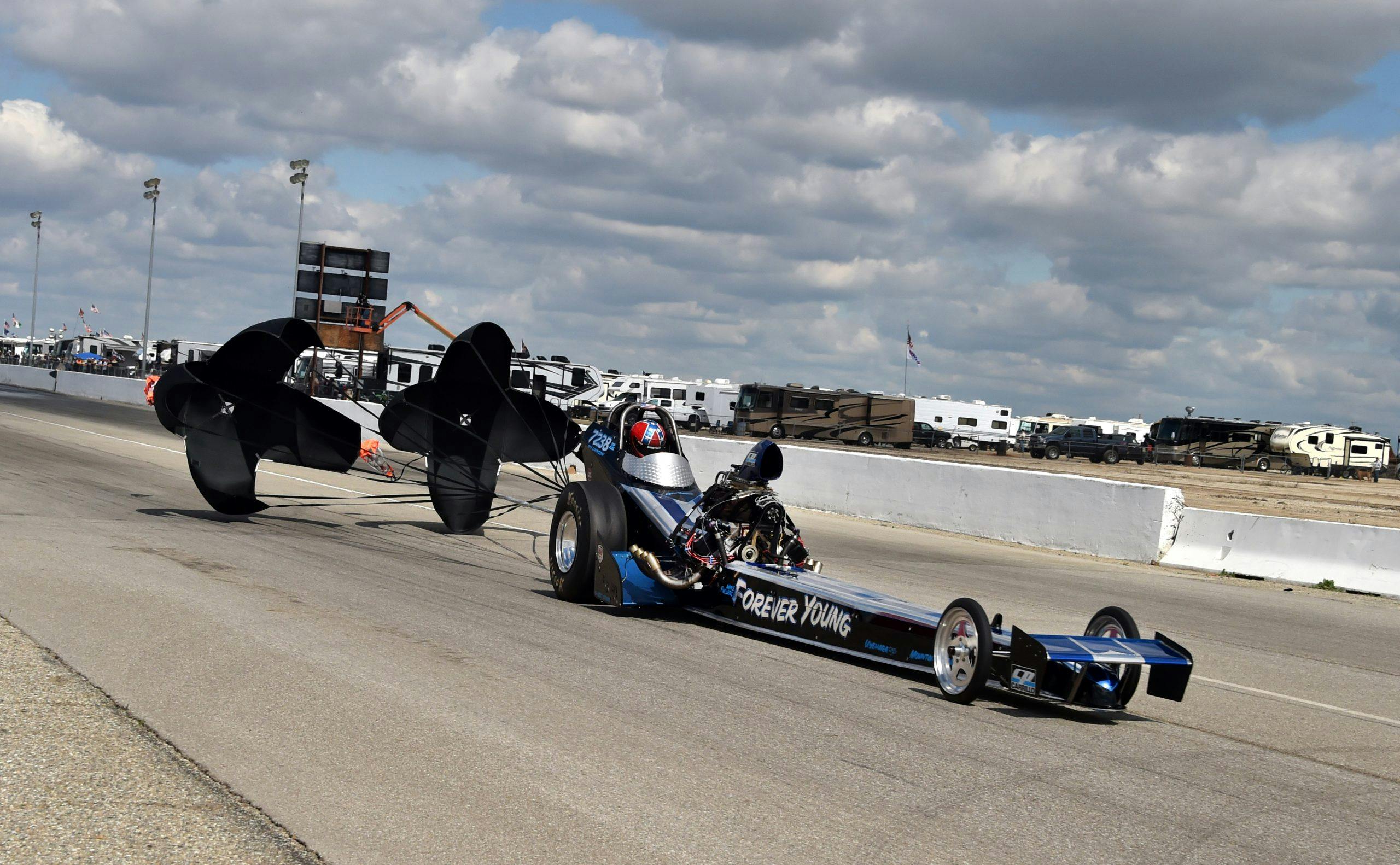
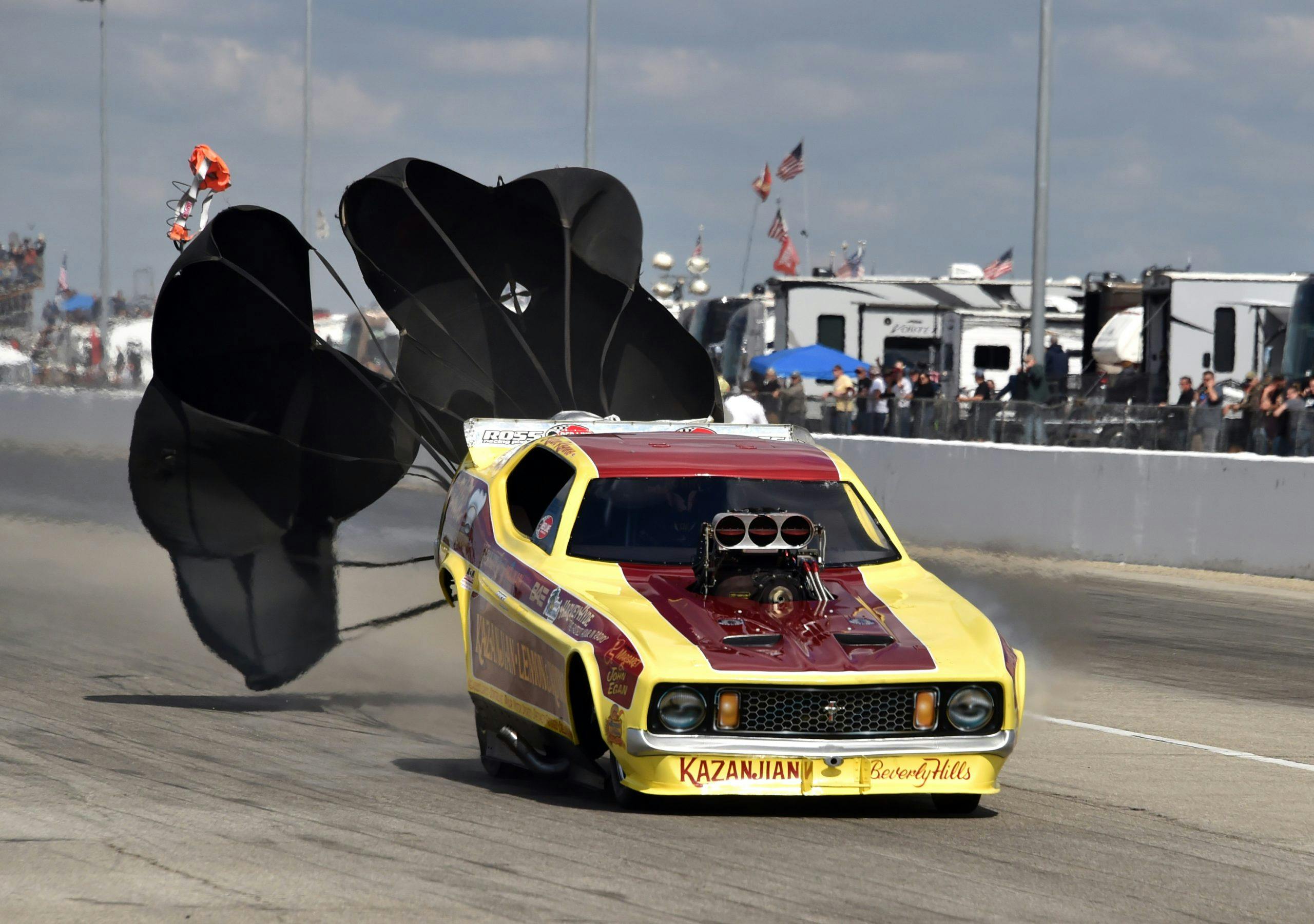
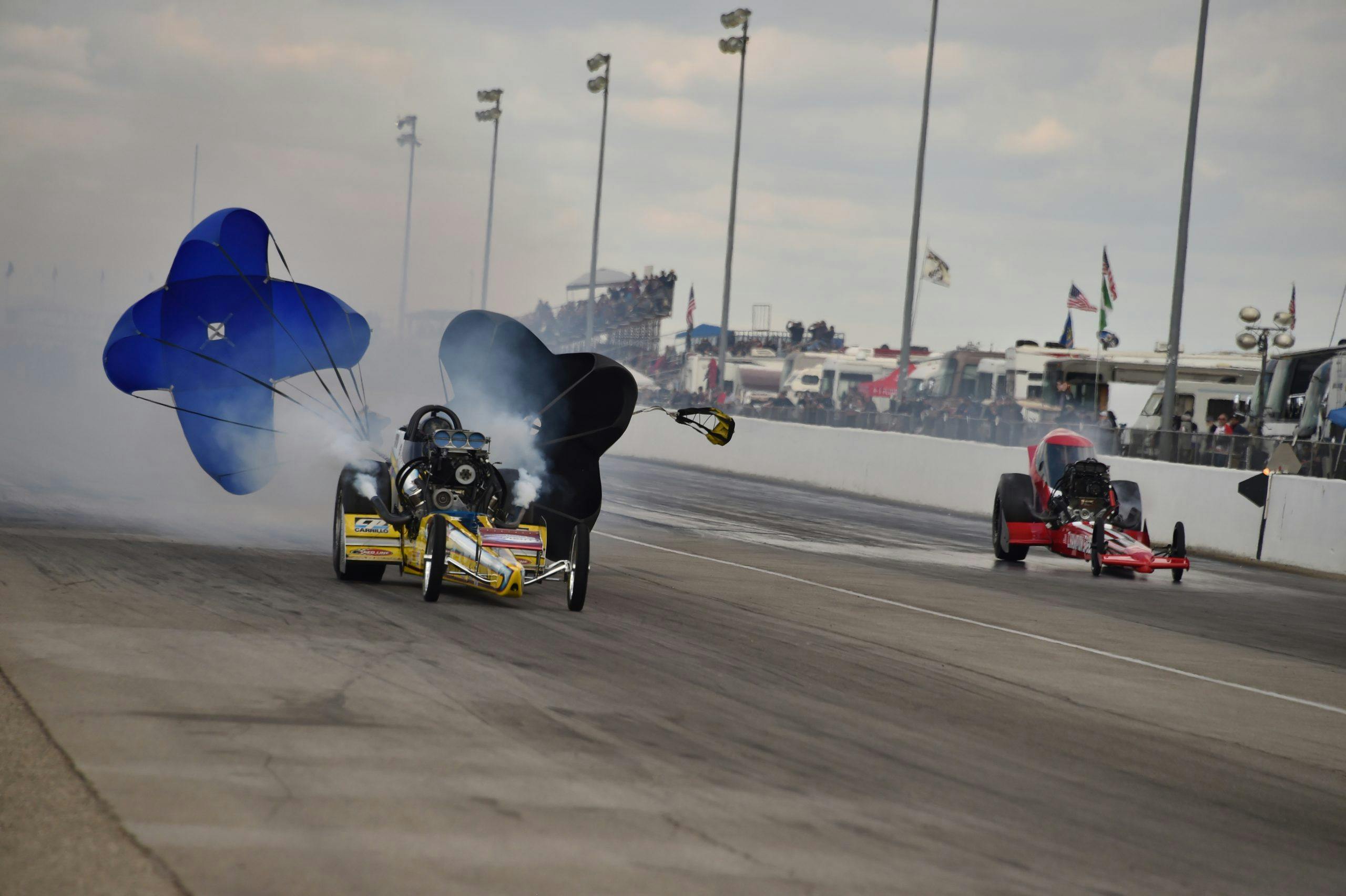
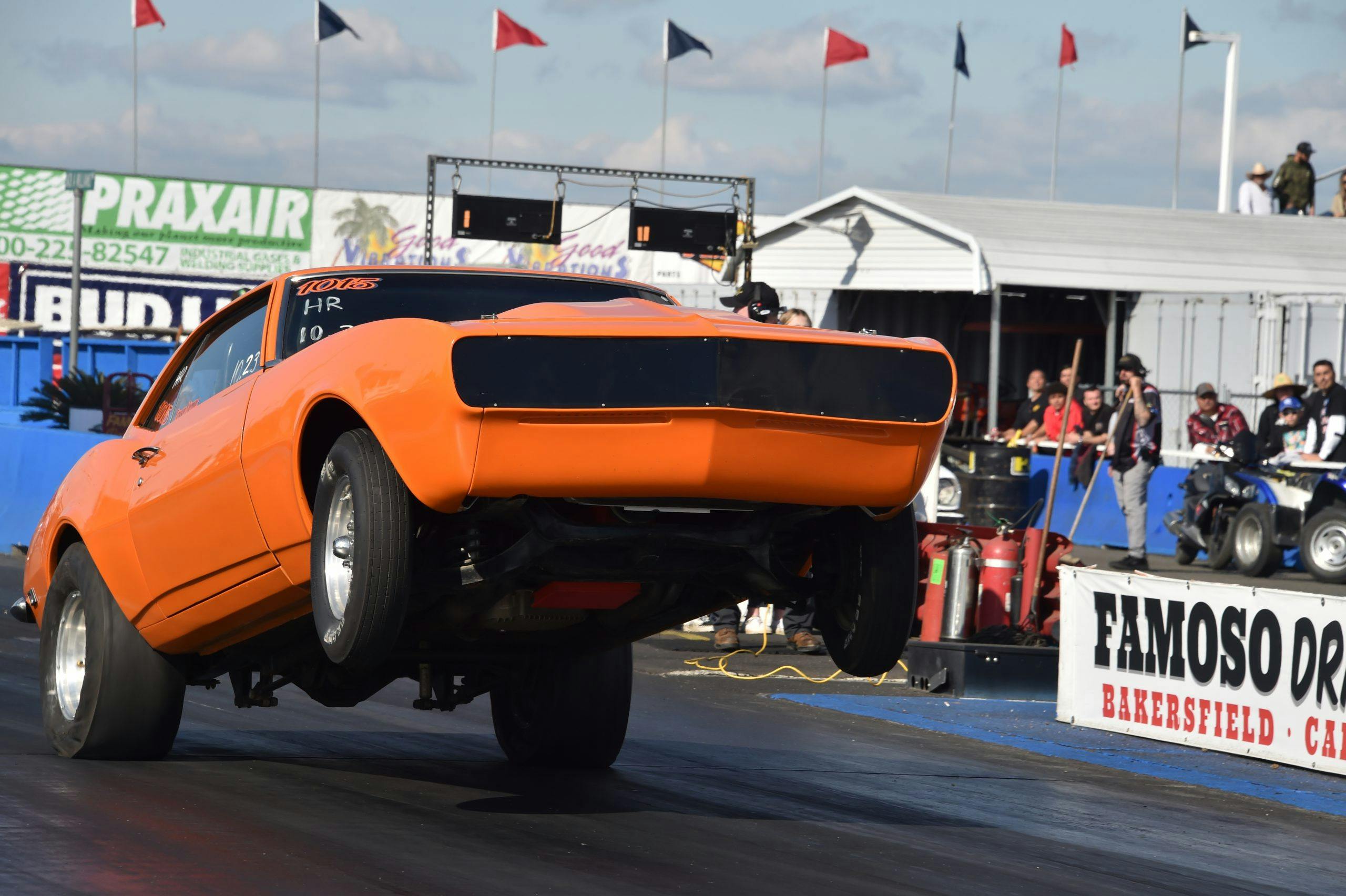
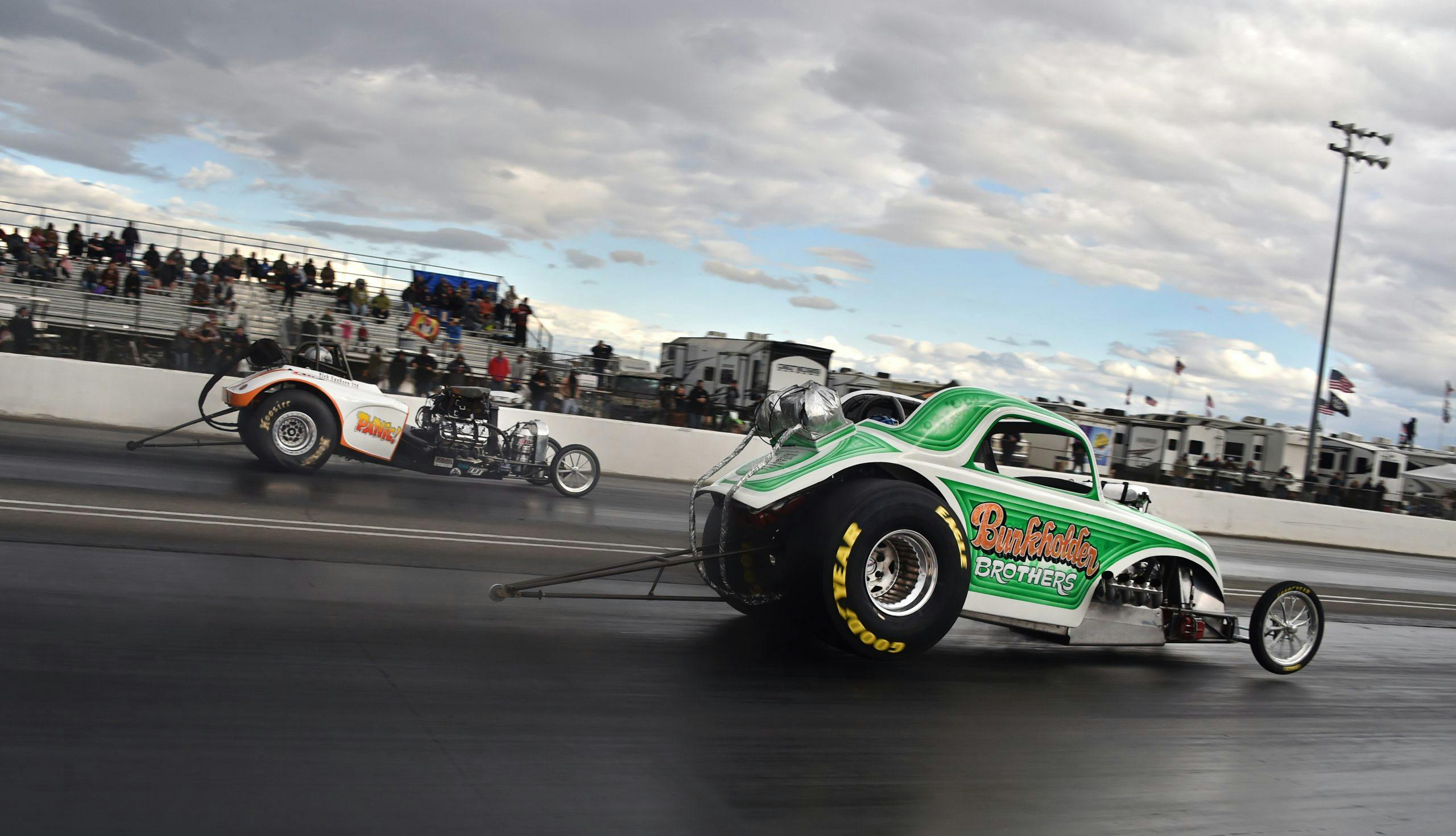
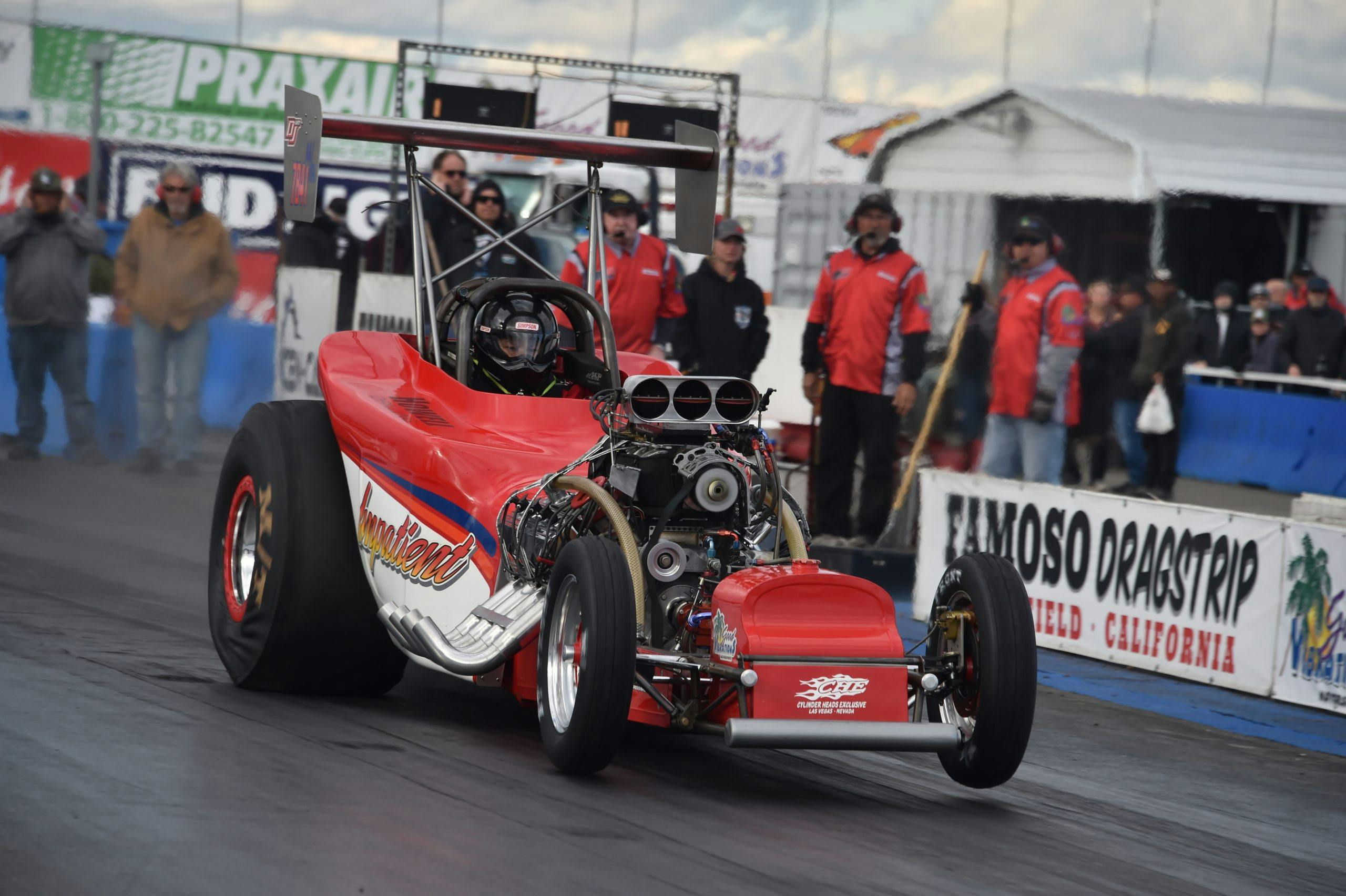
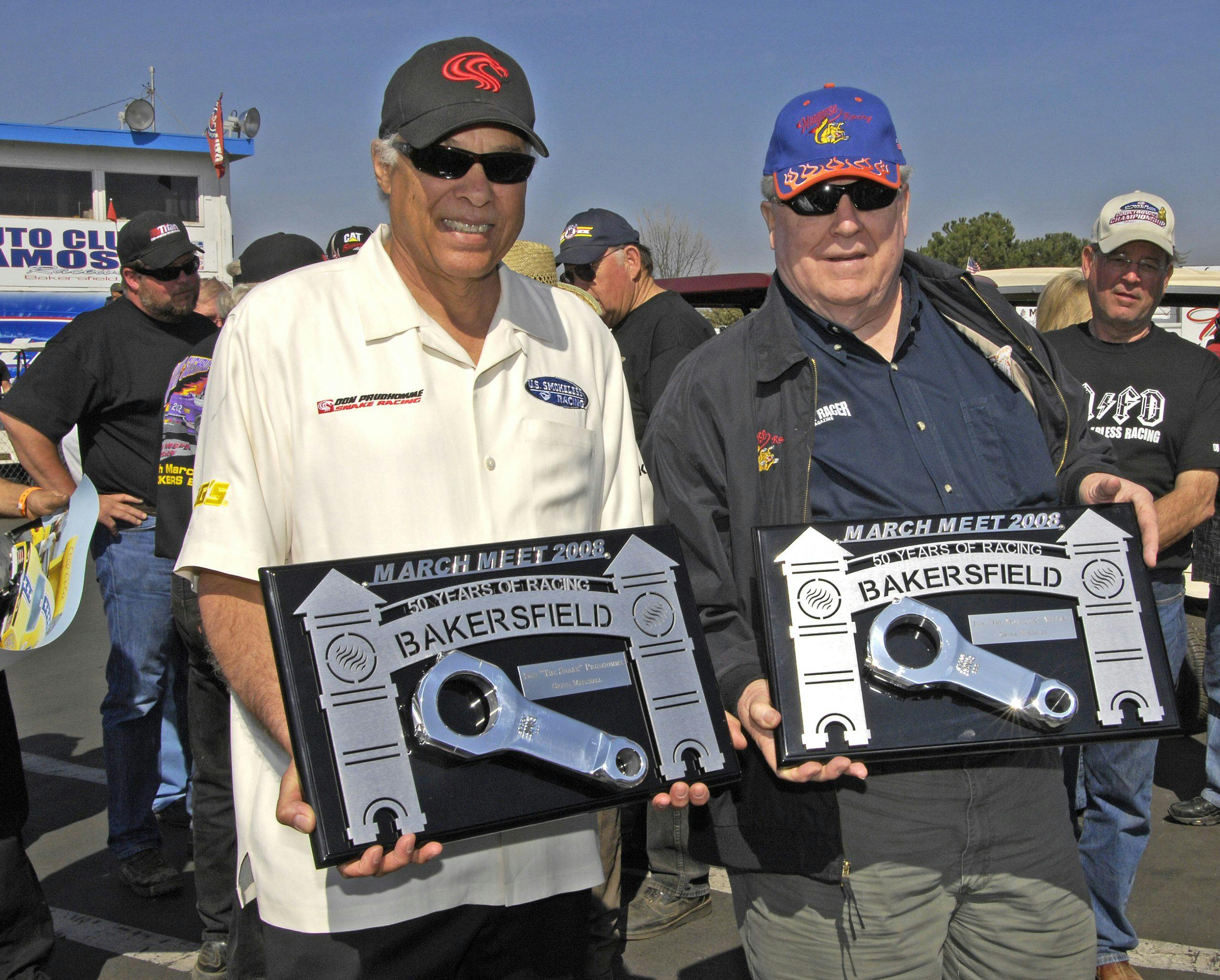
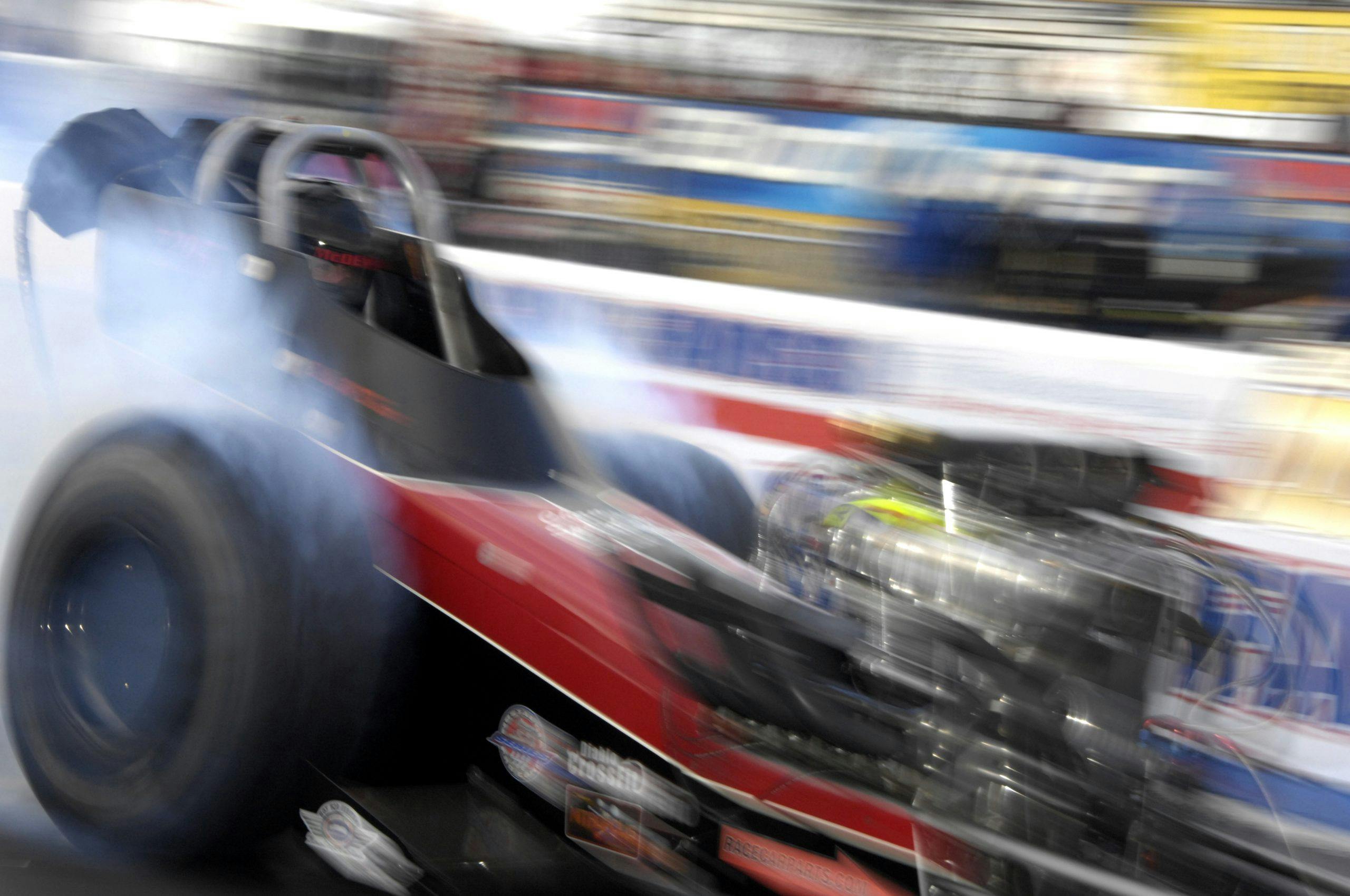


hagerty 11000 hp hemi are nice
want a nitro 11000 hp hemi